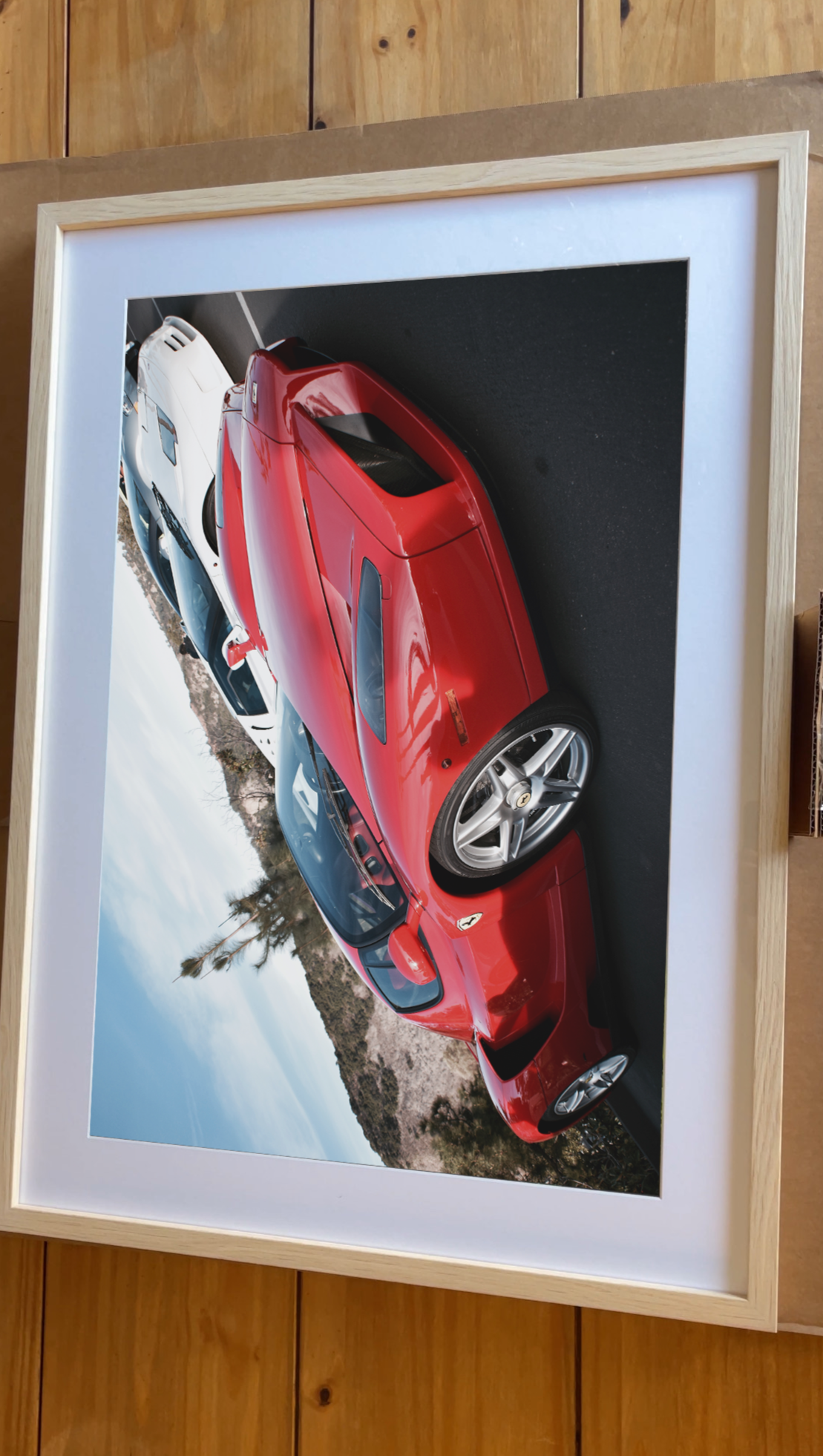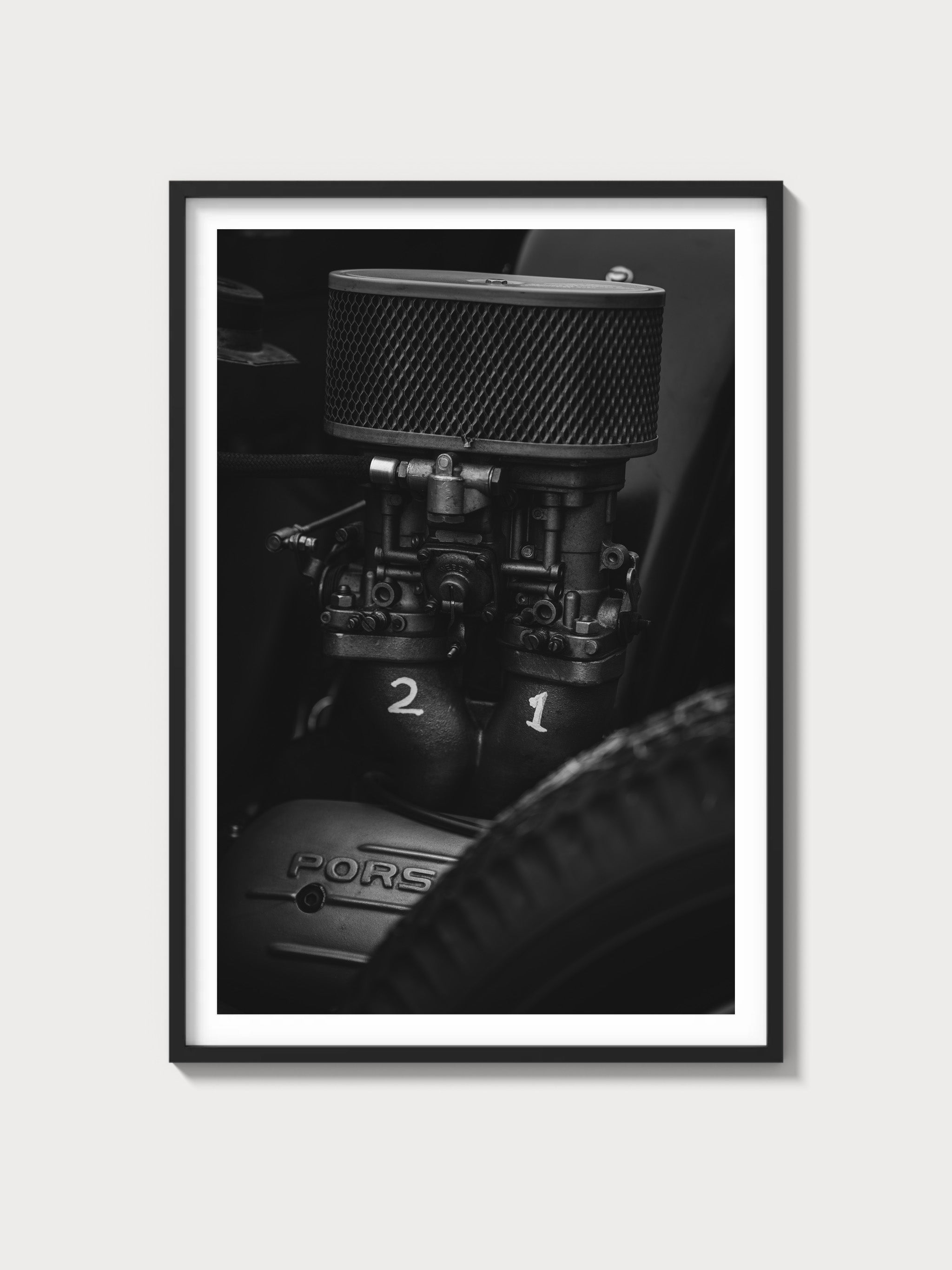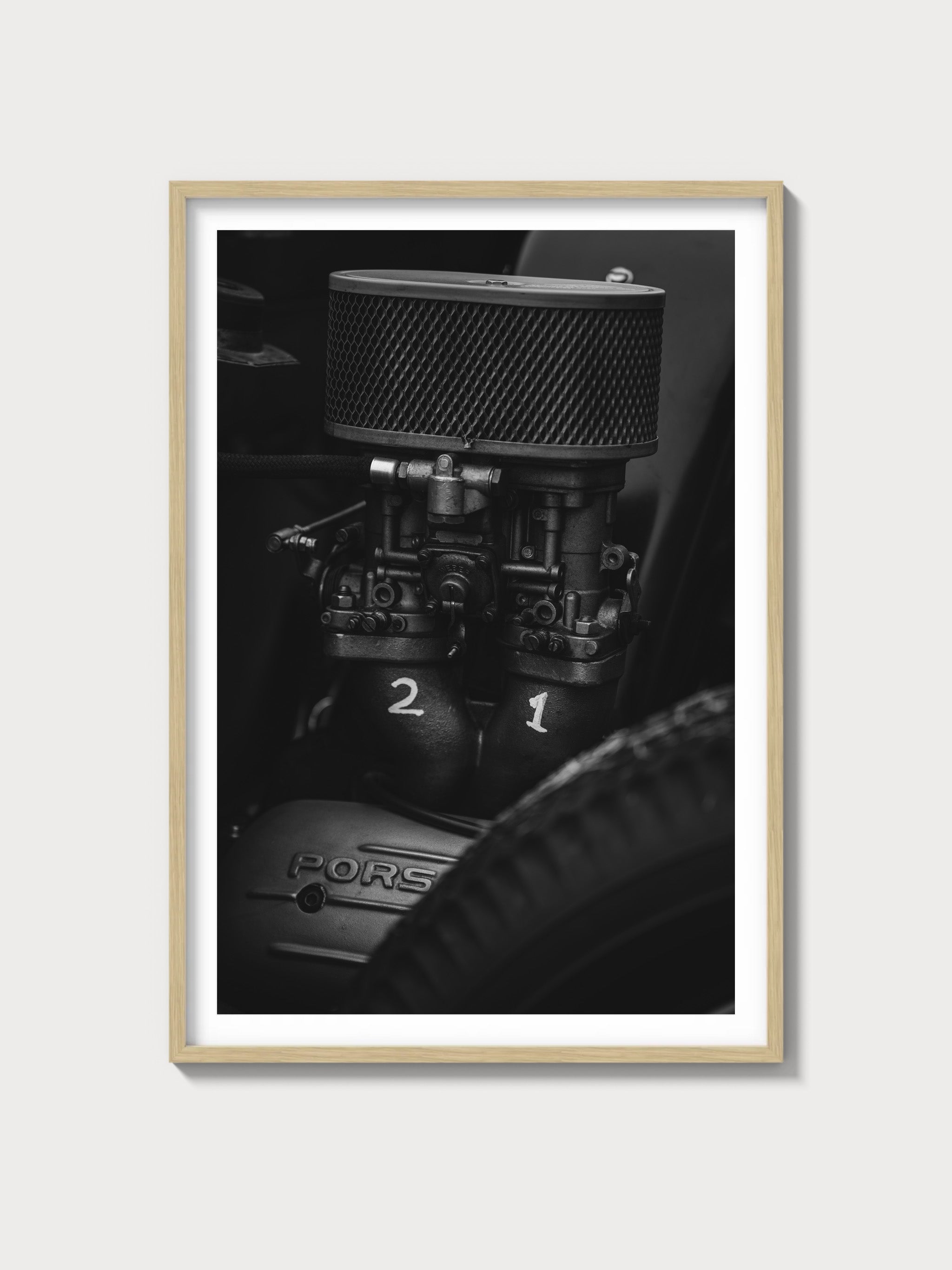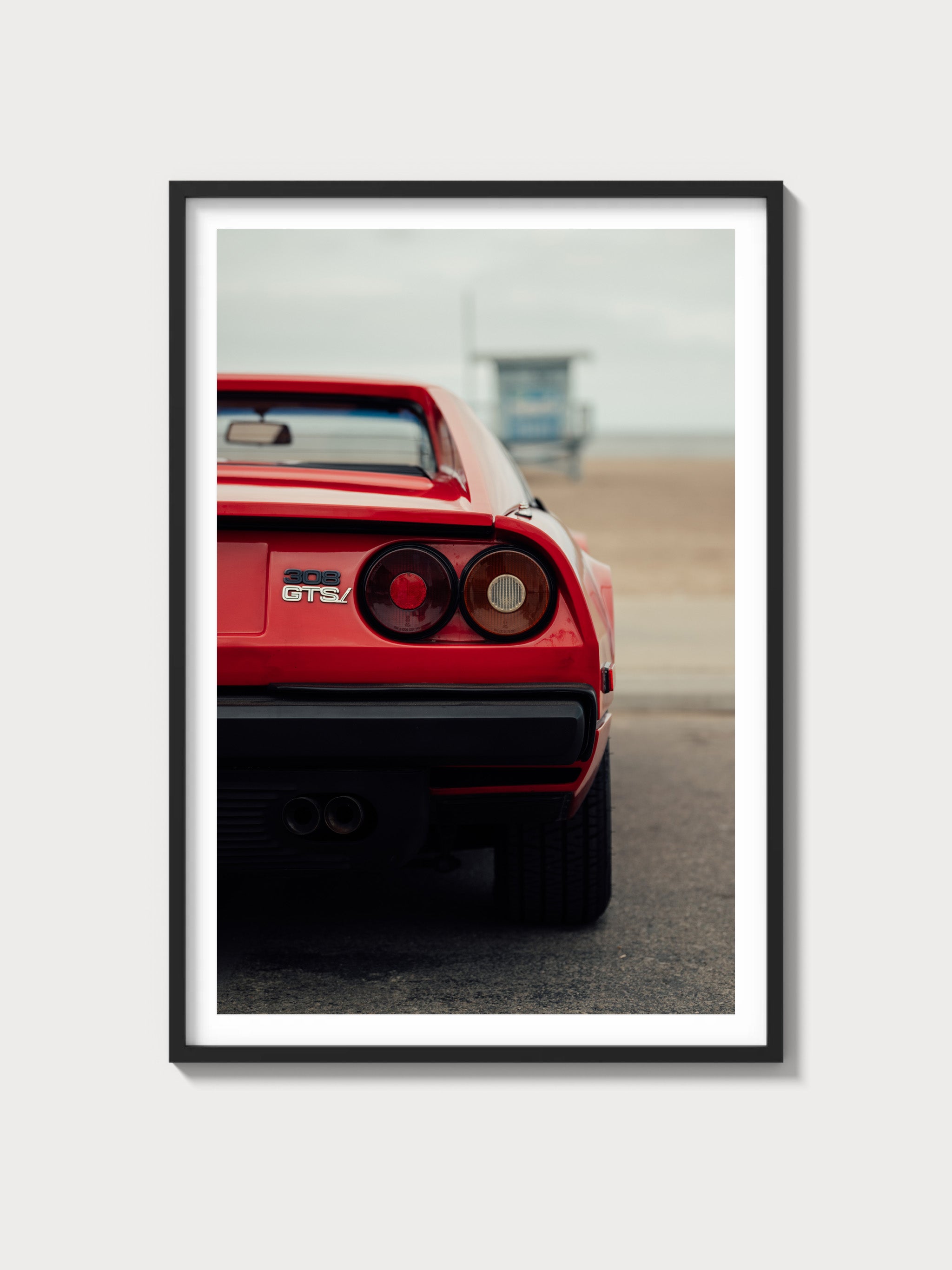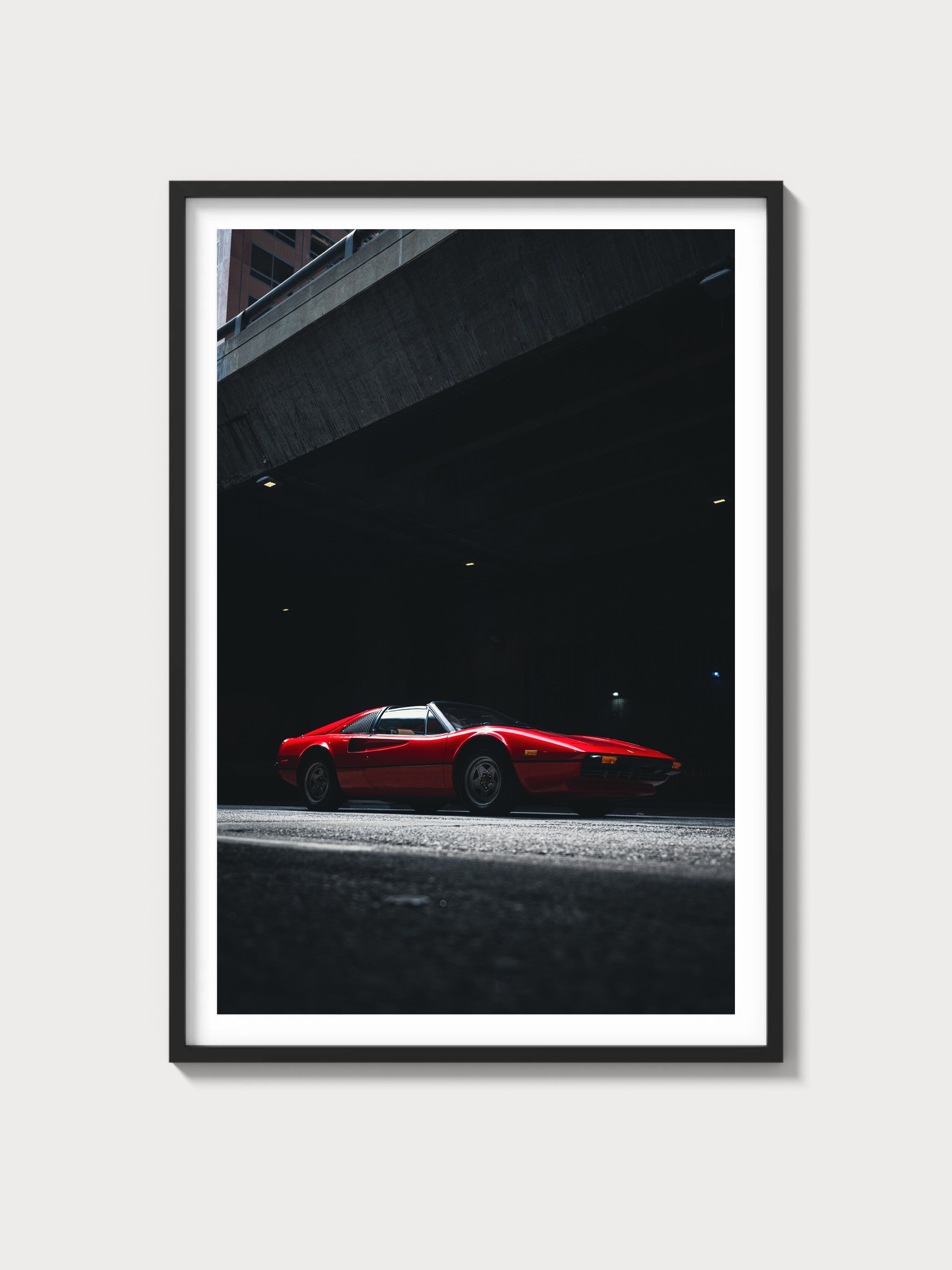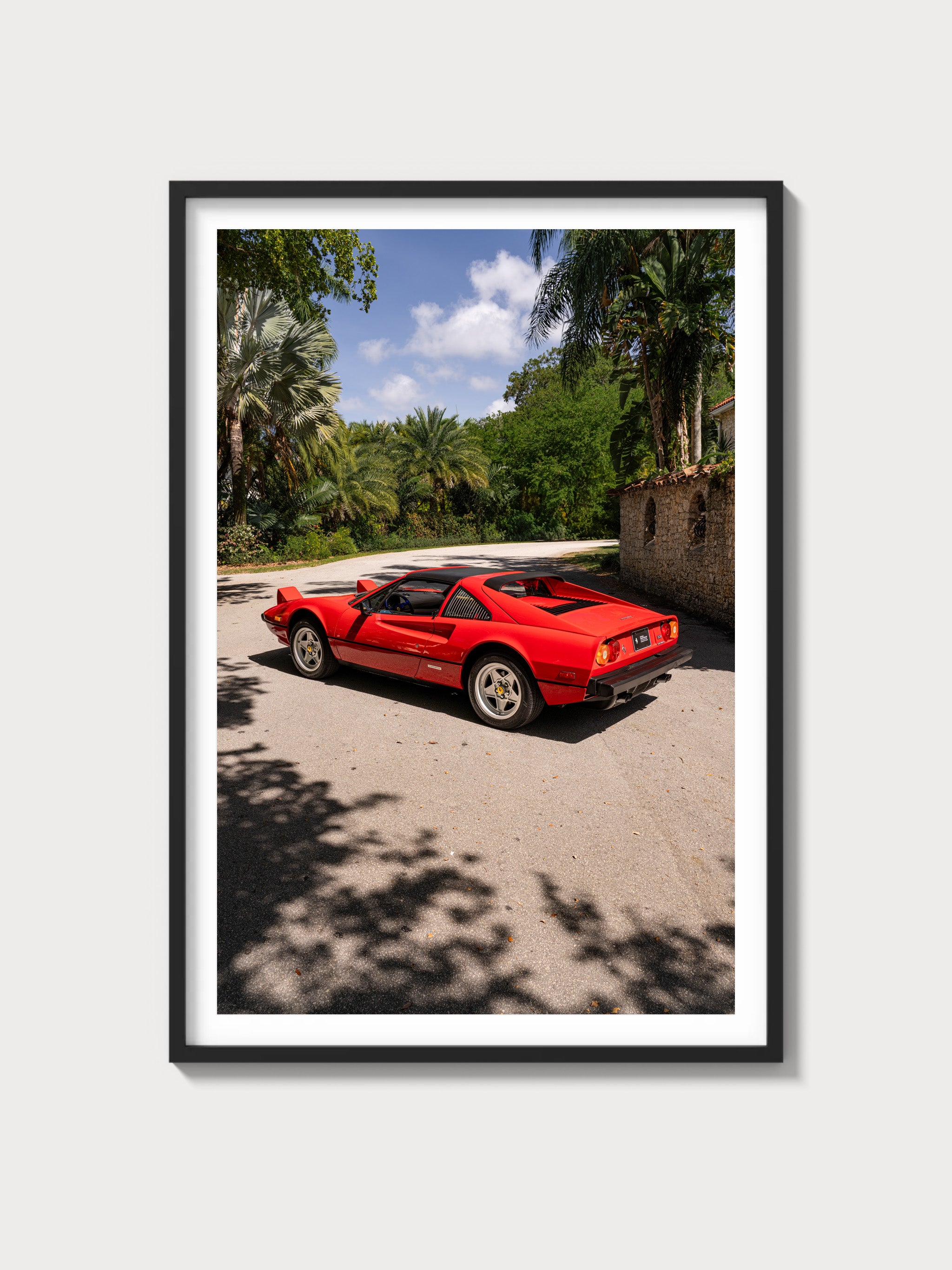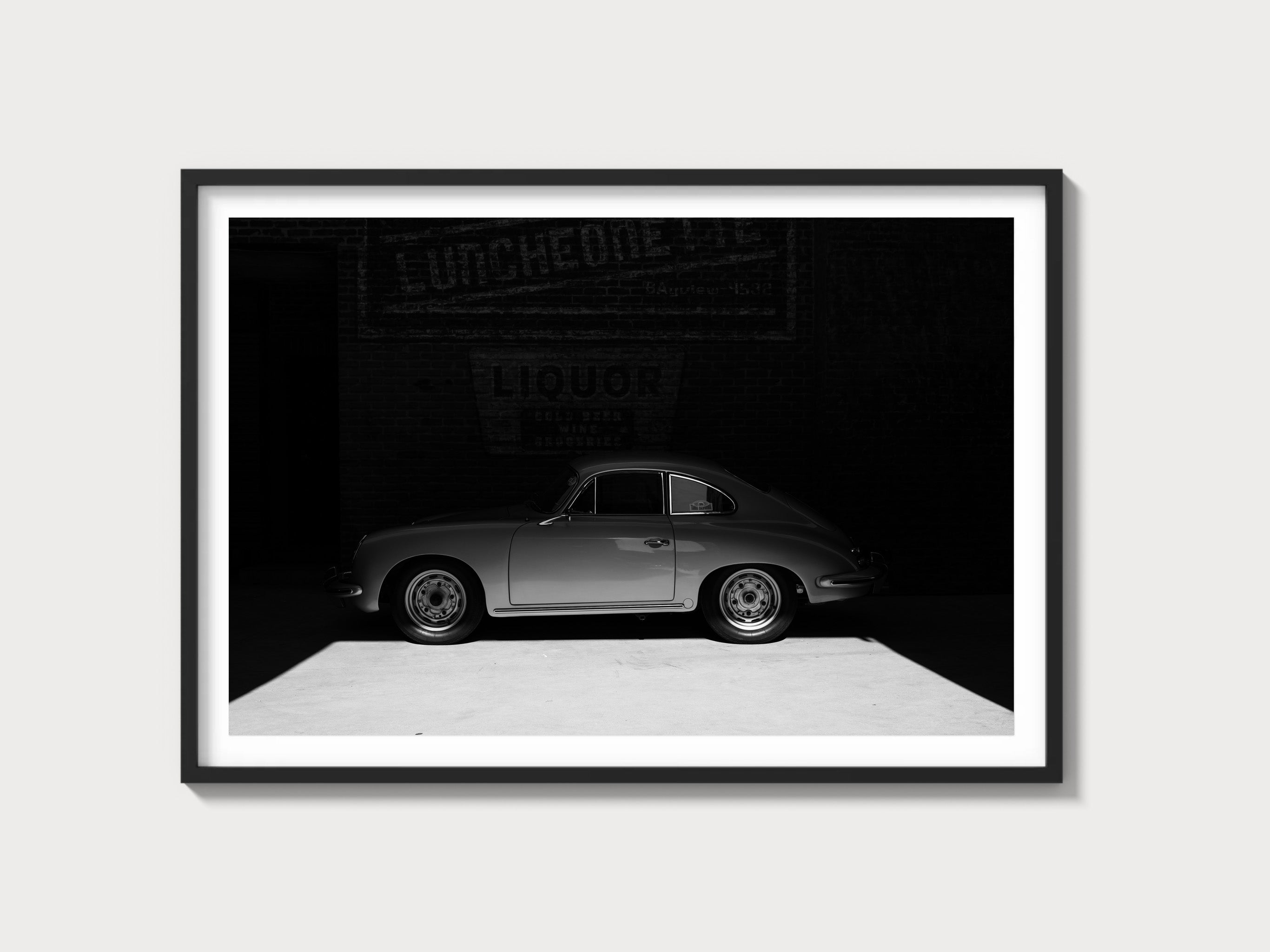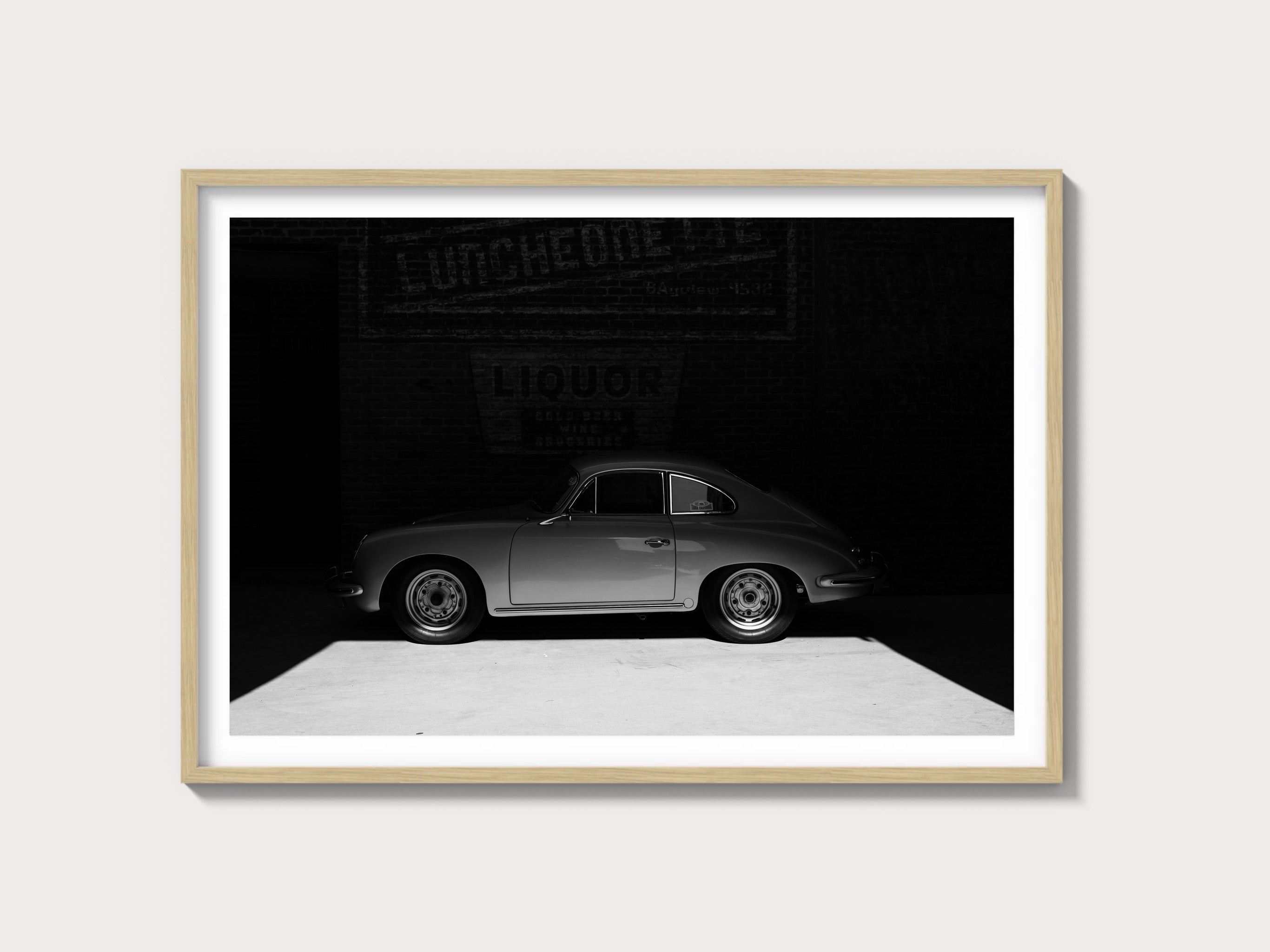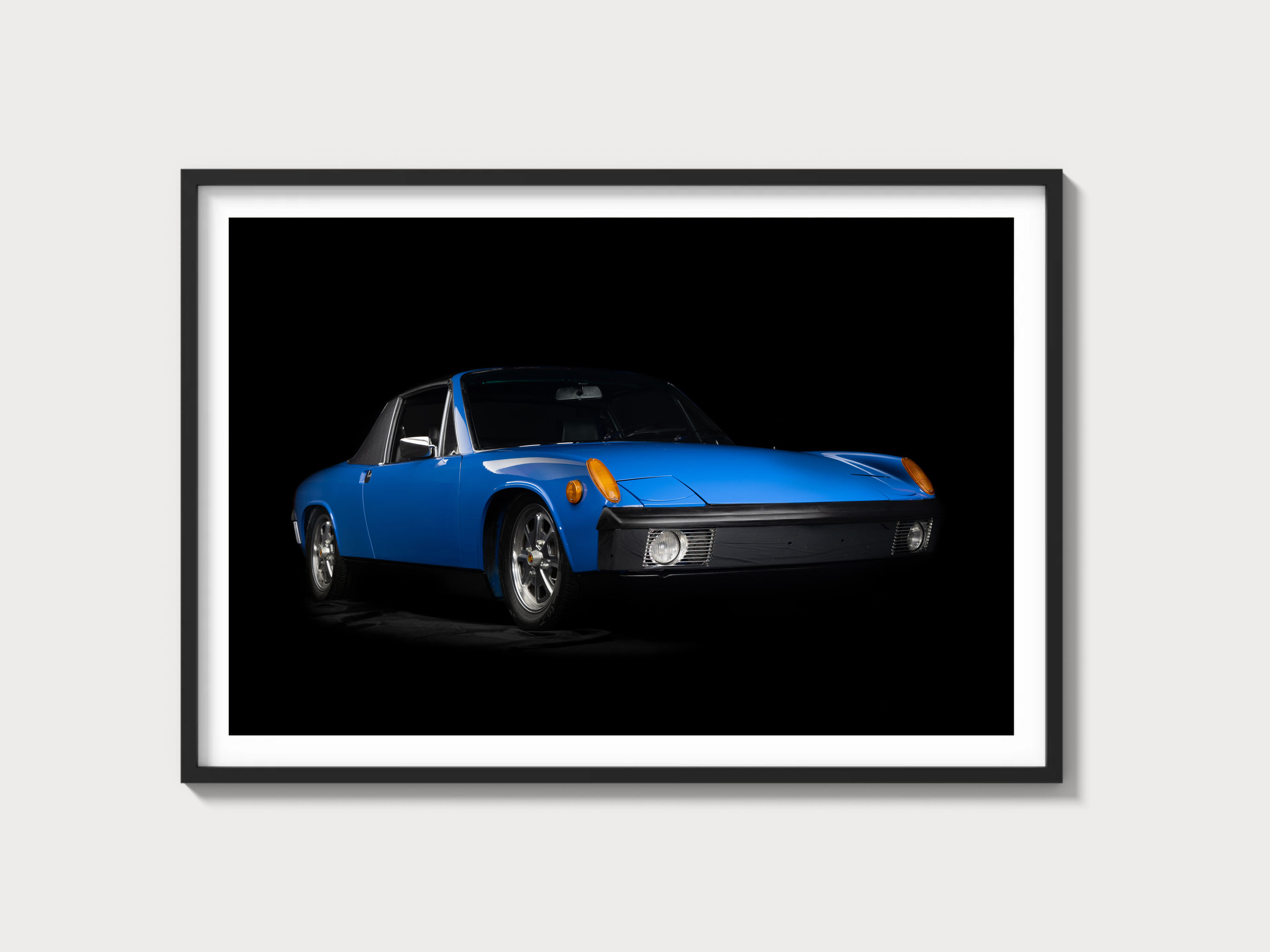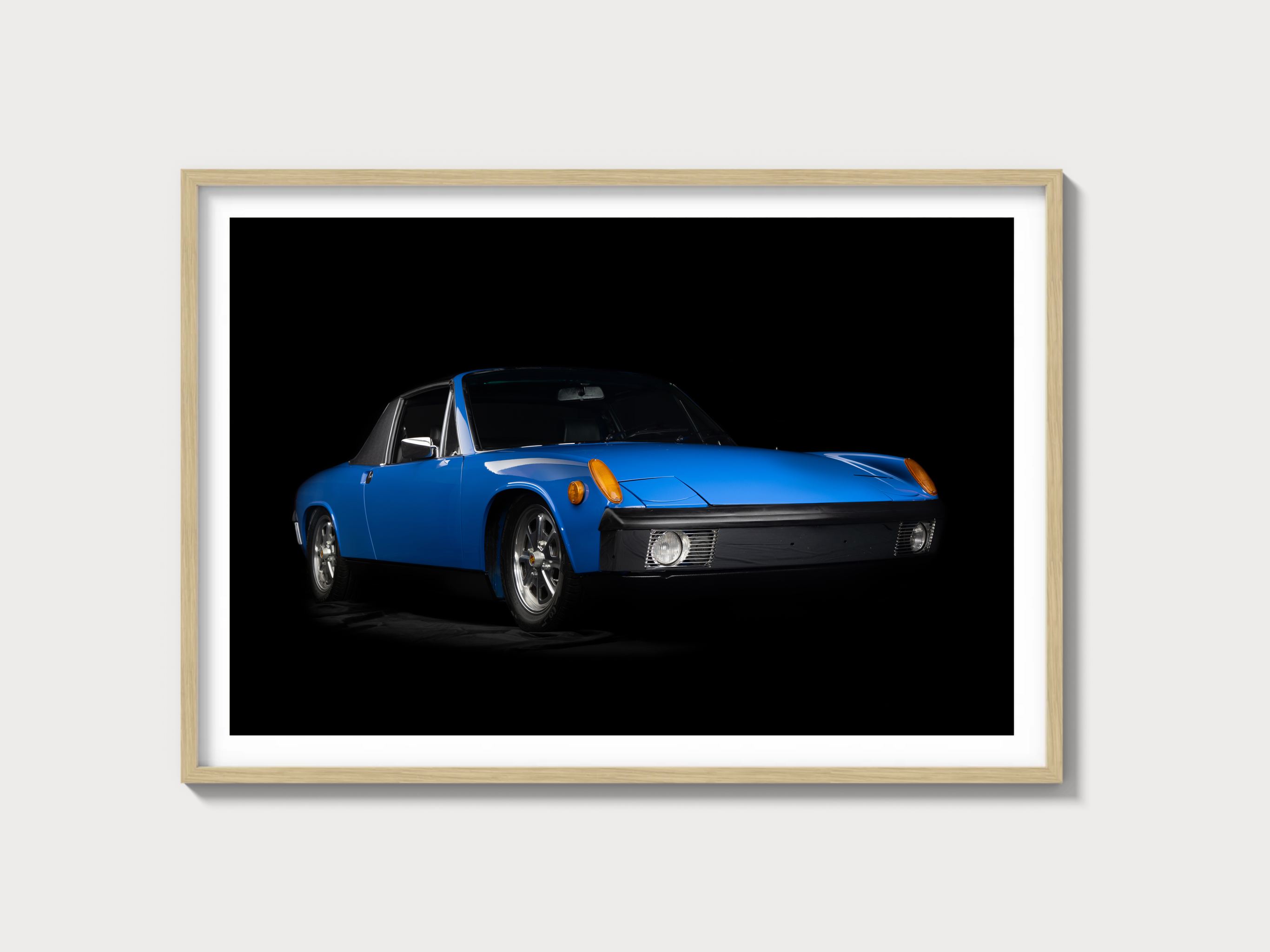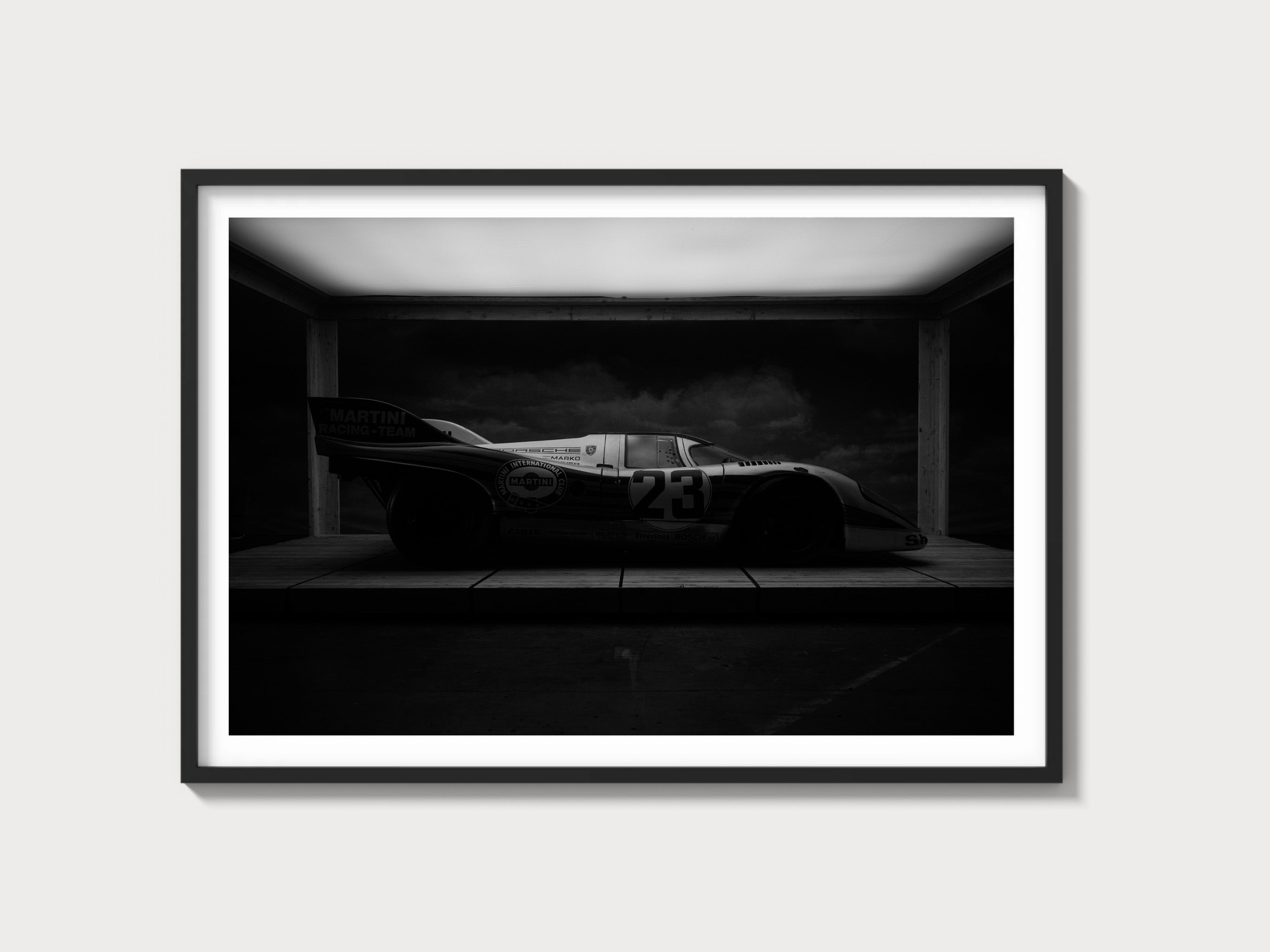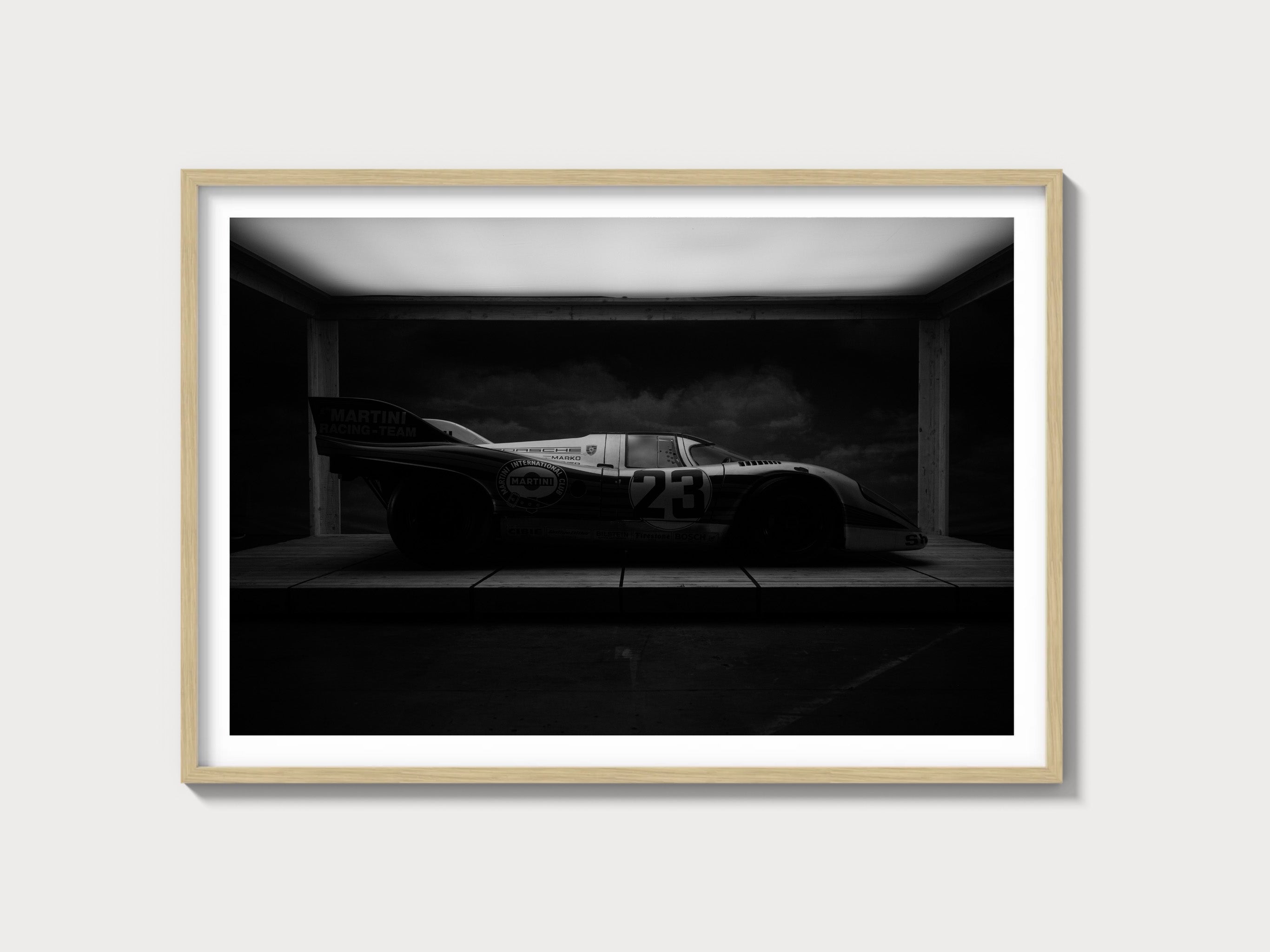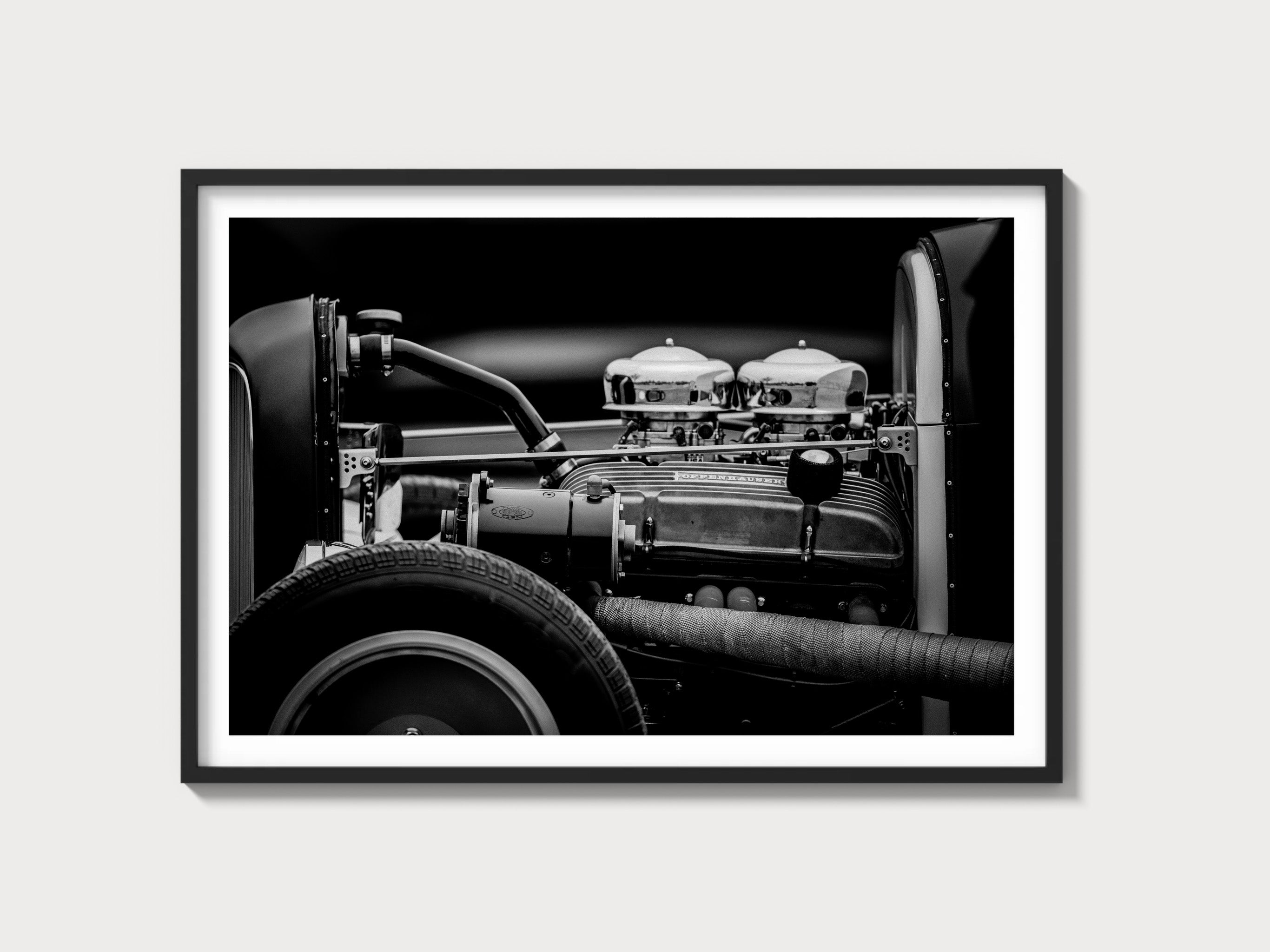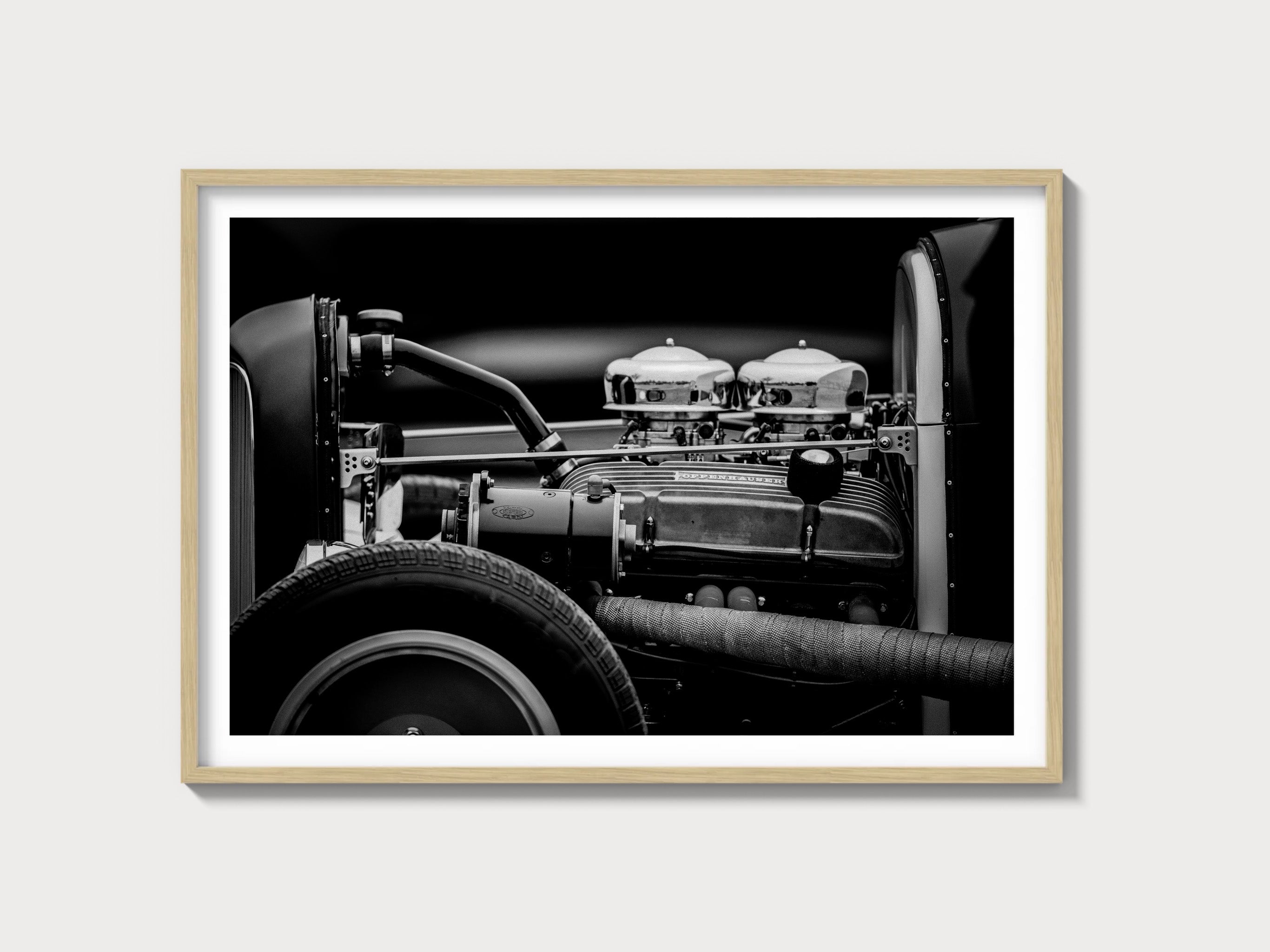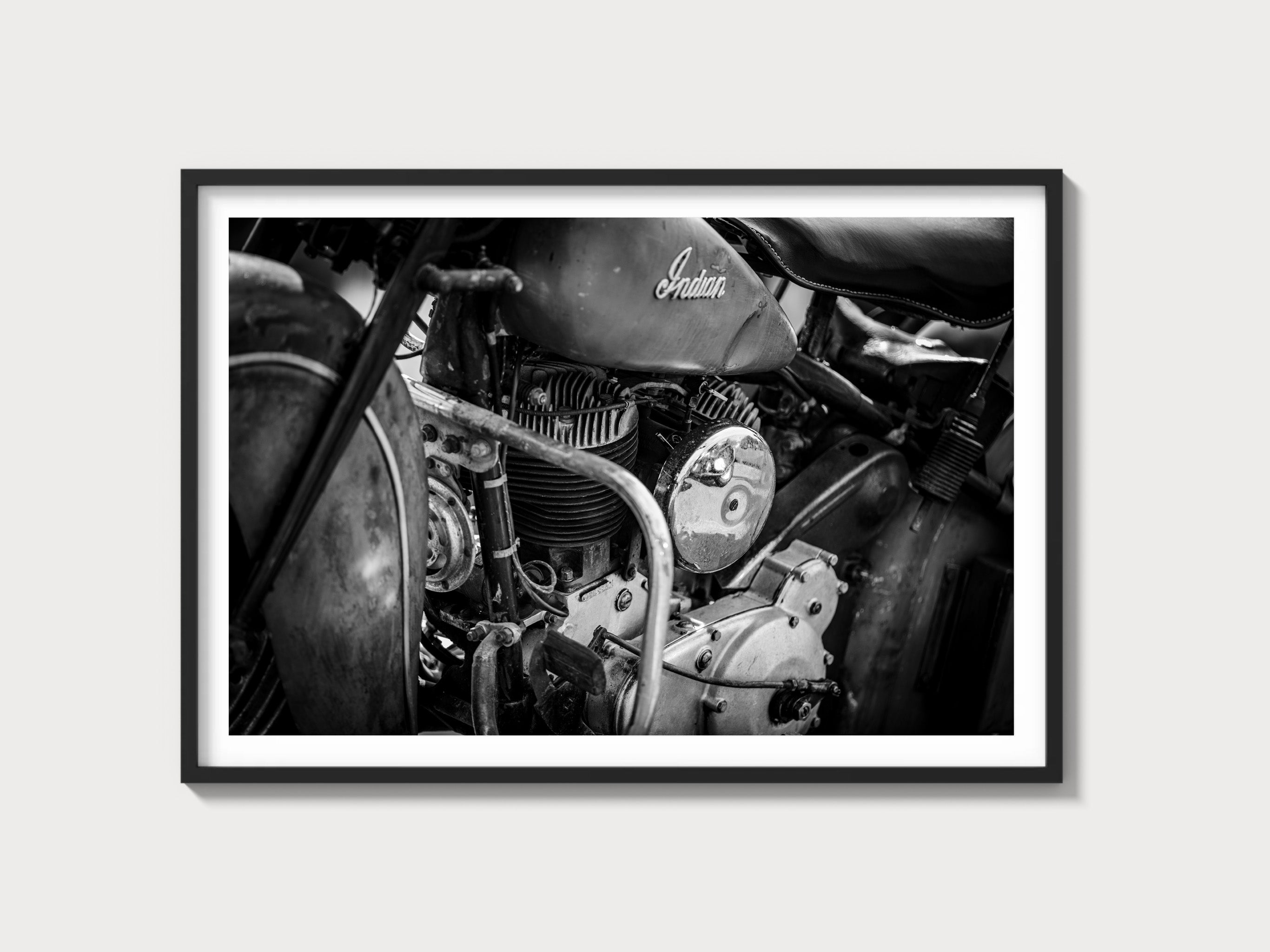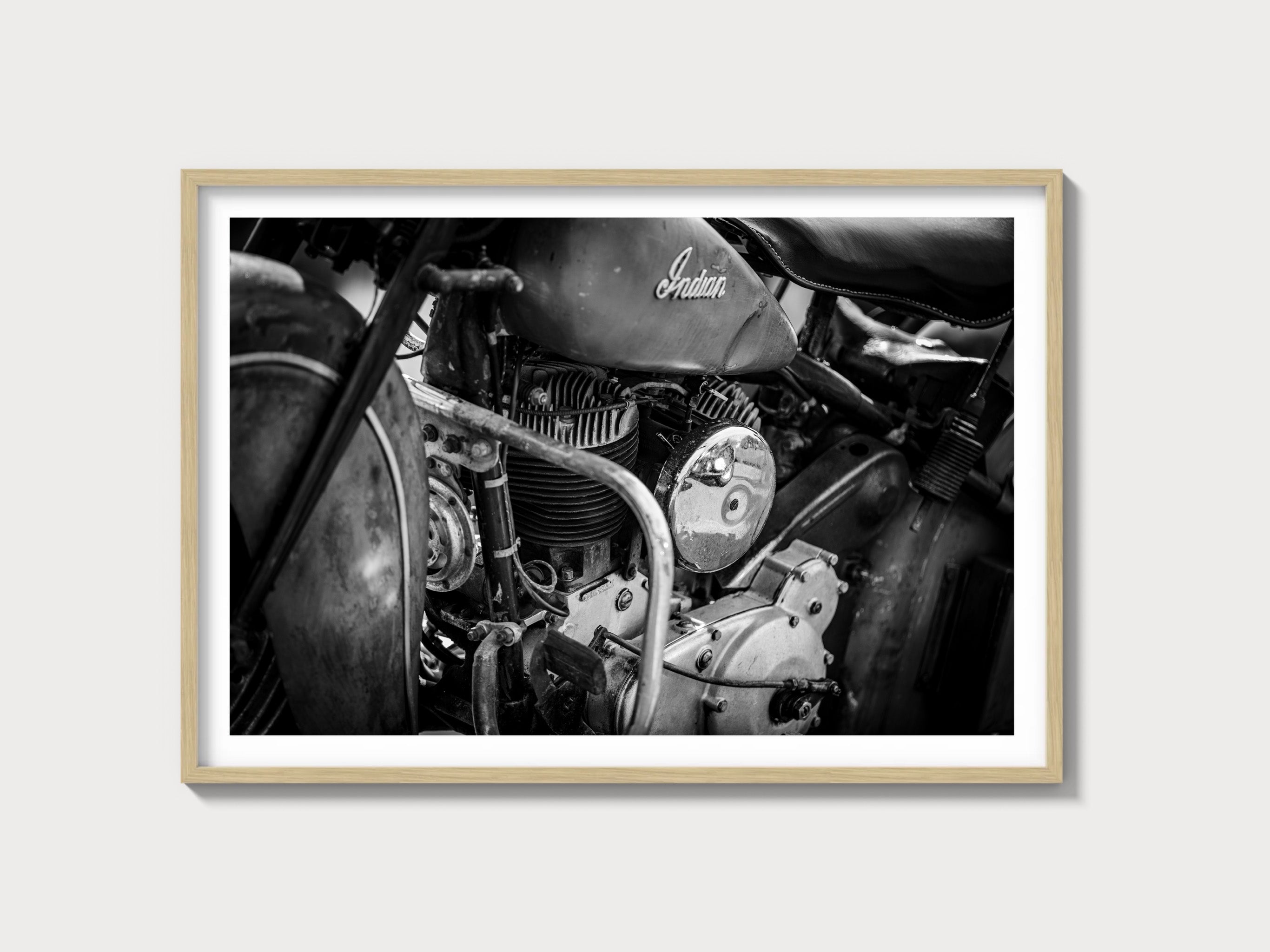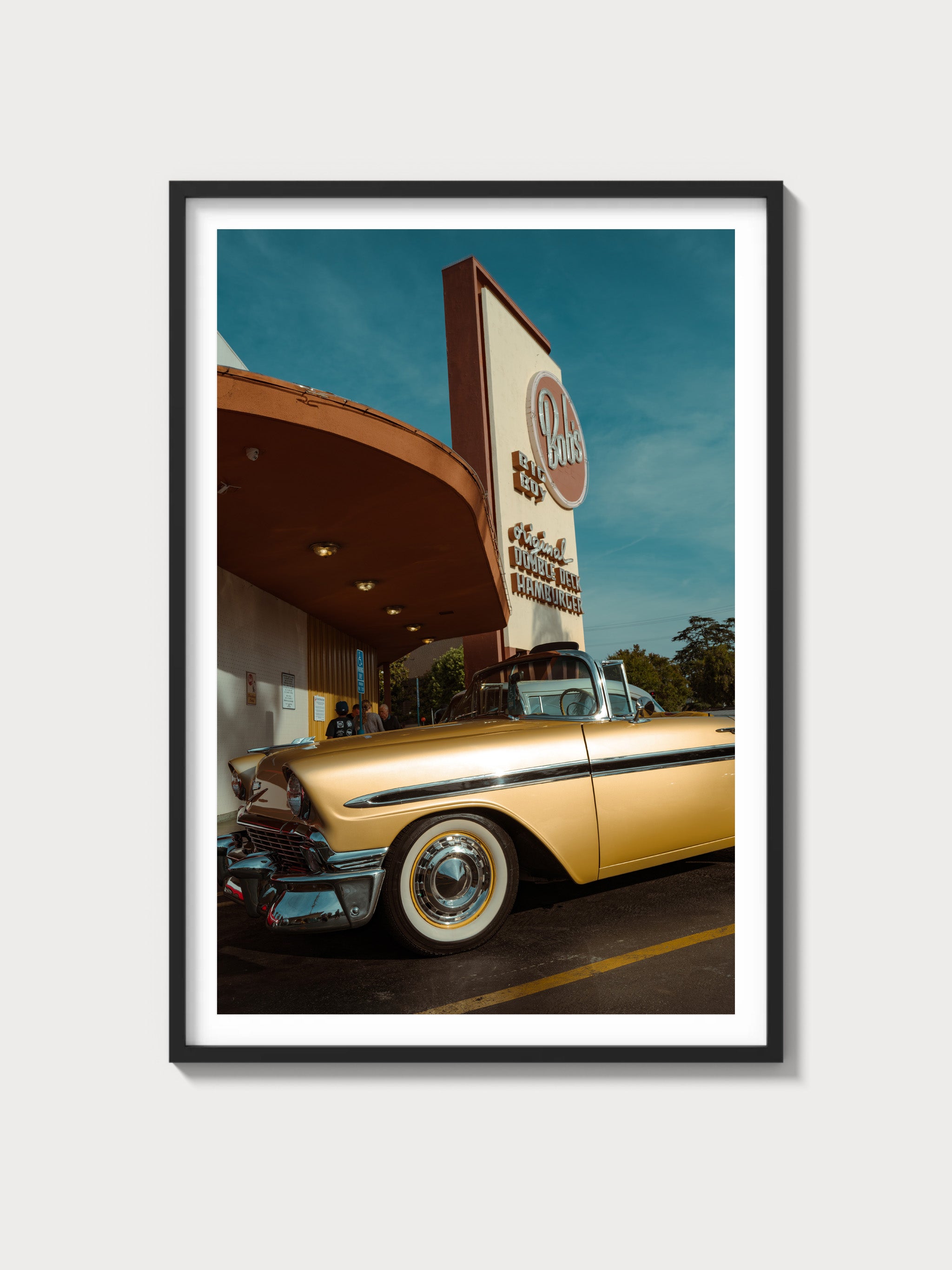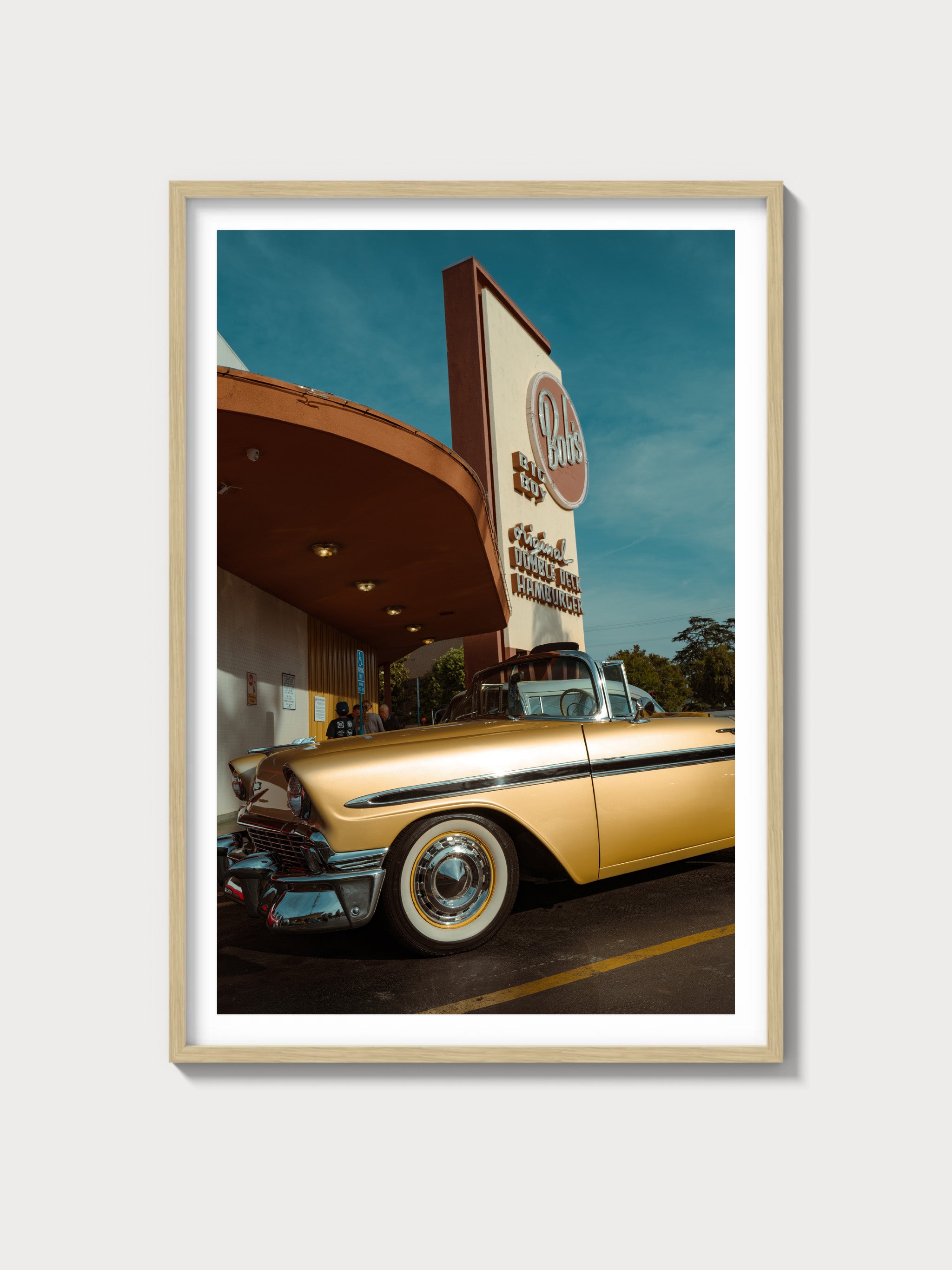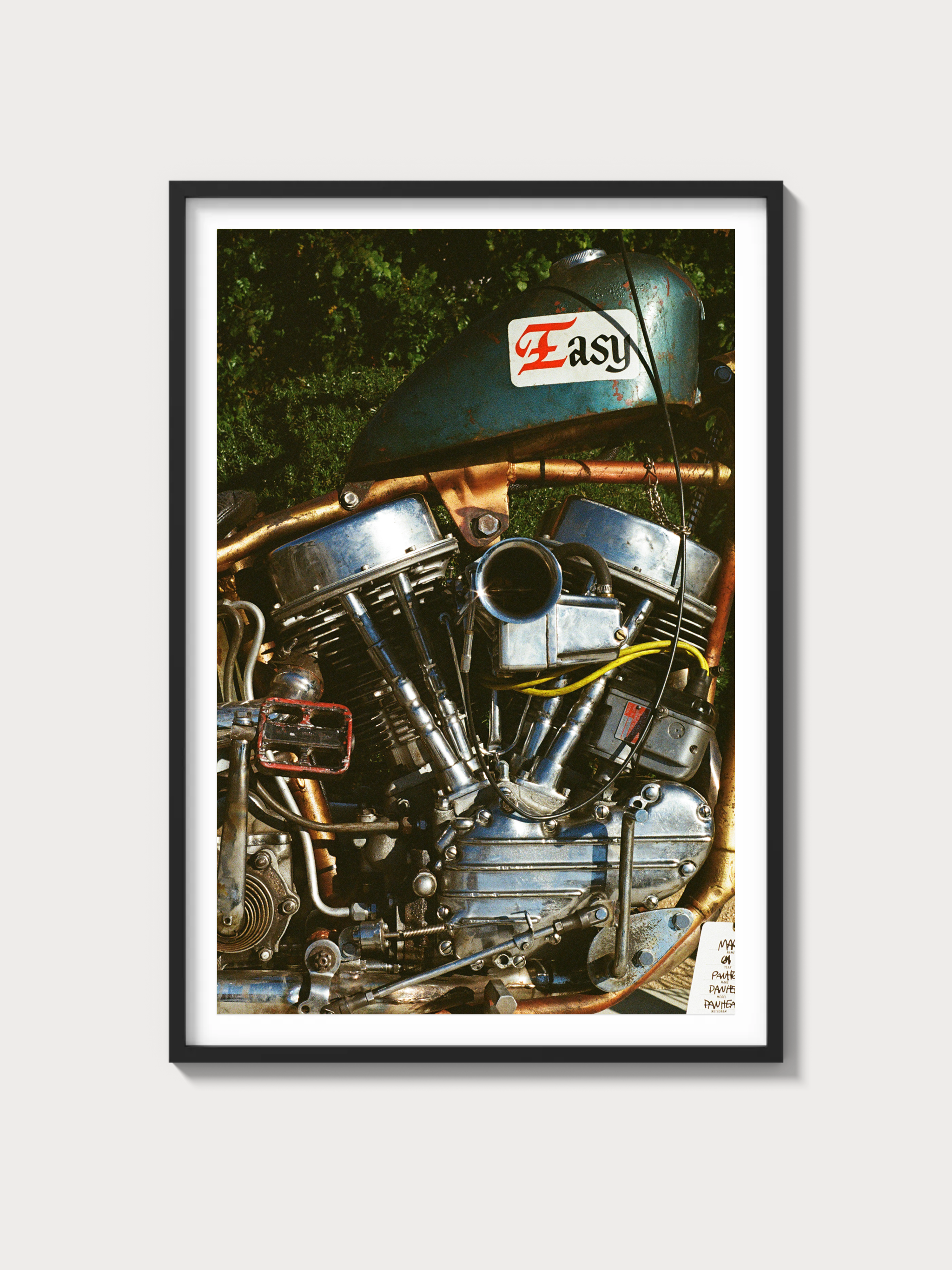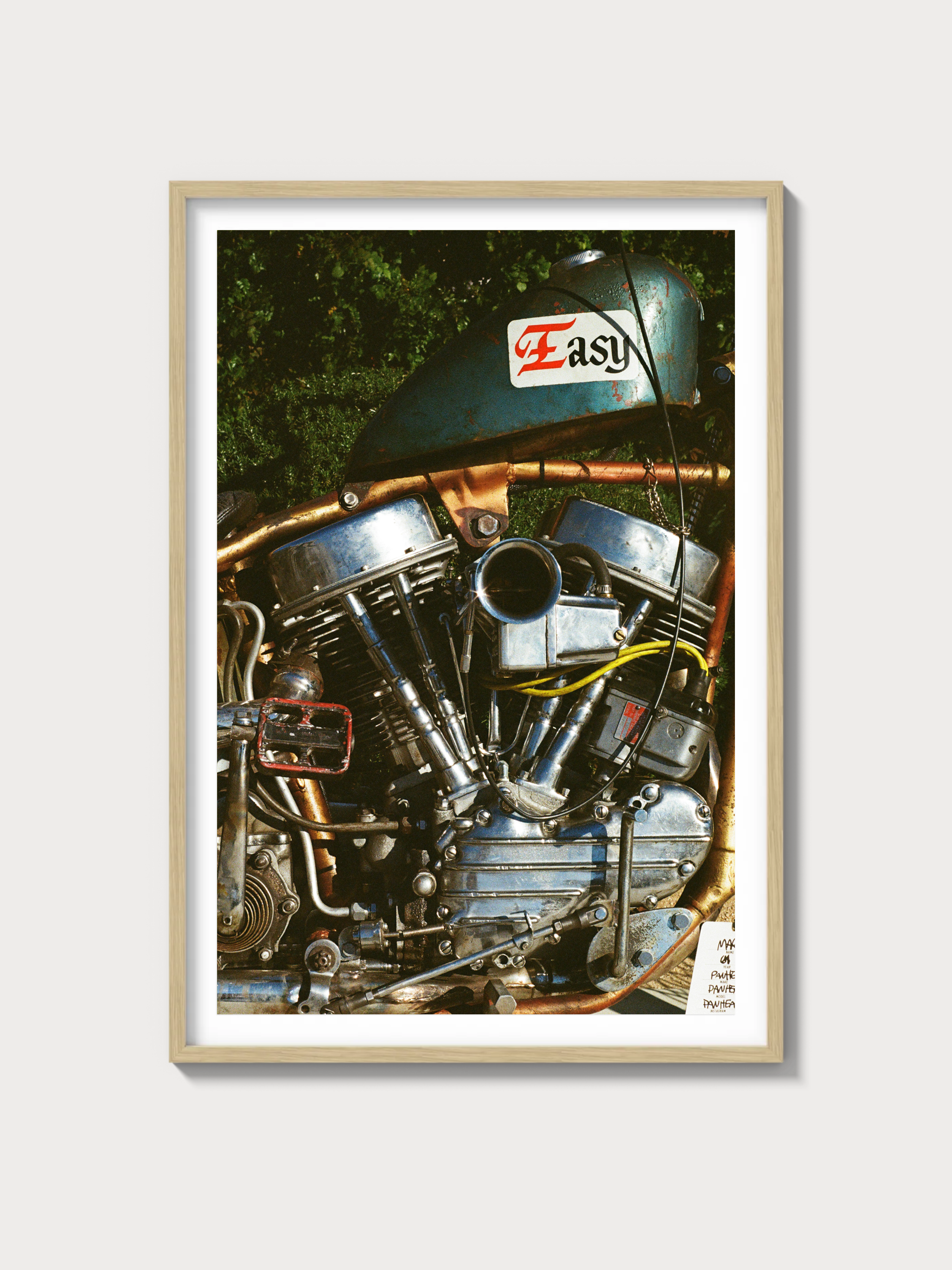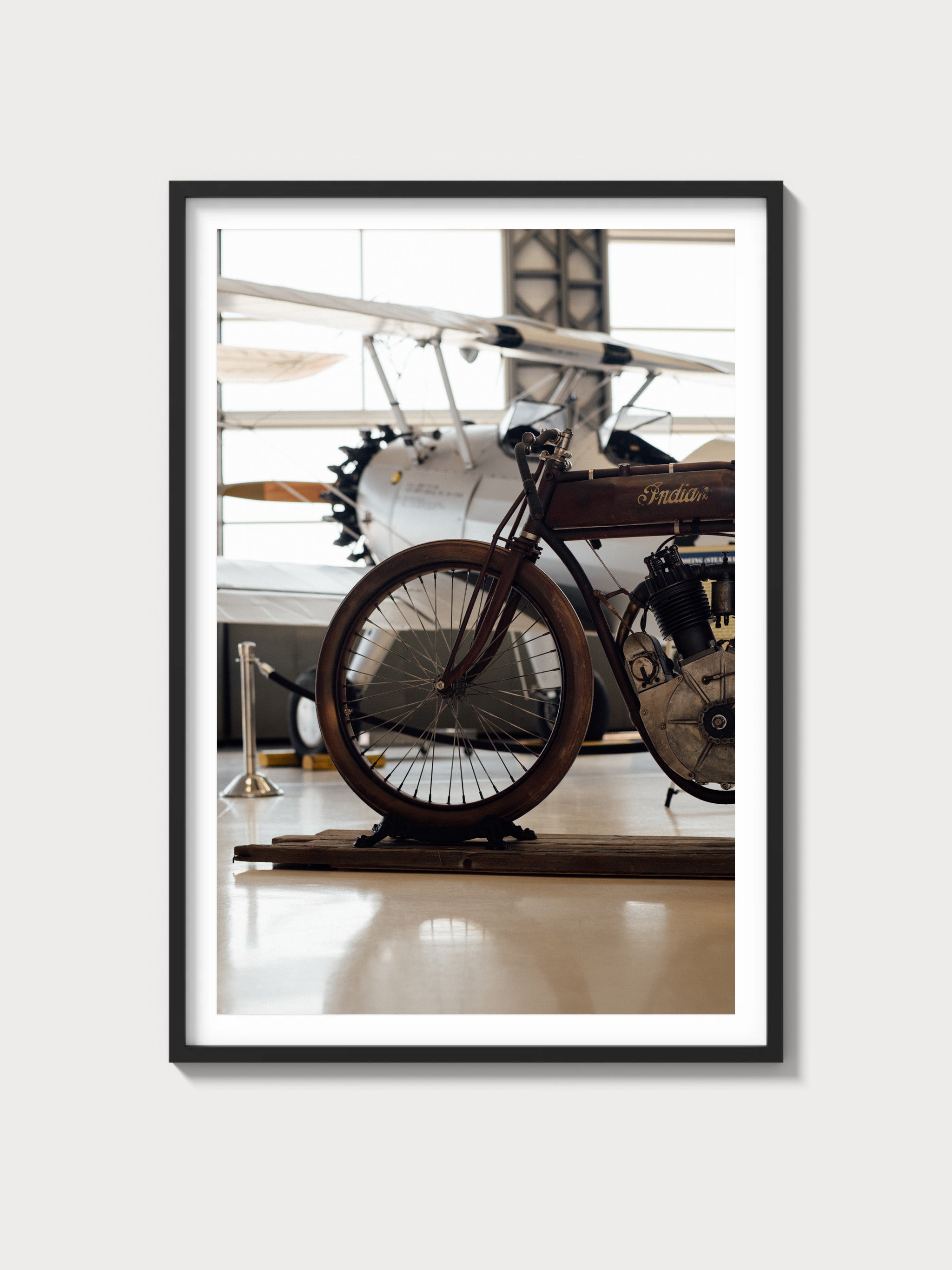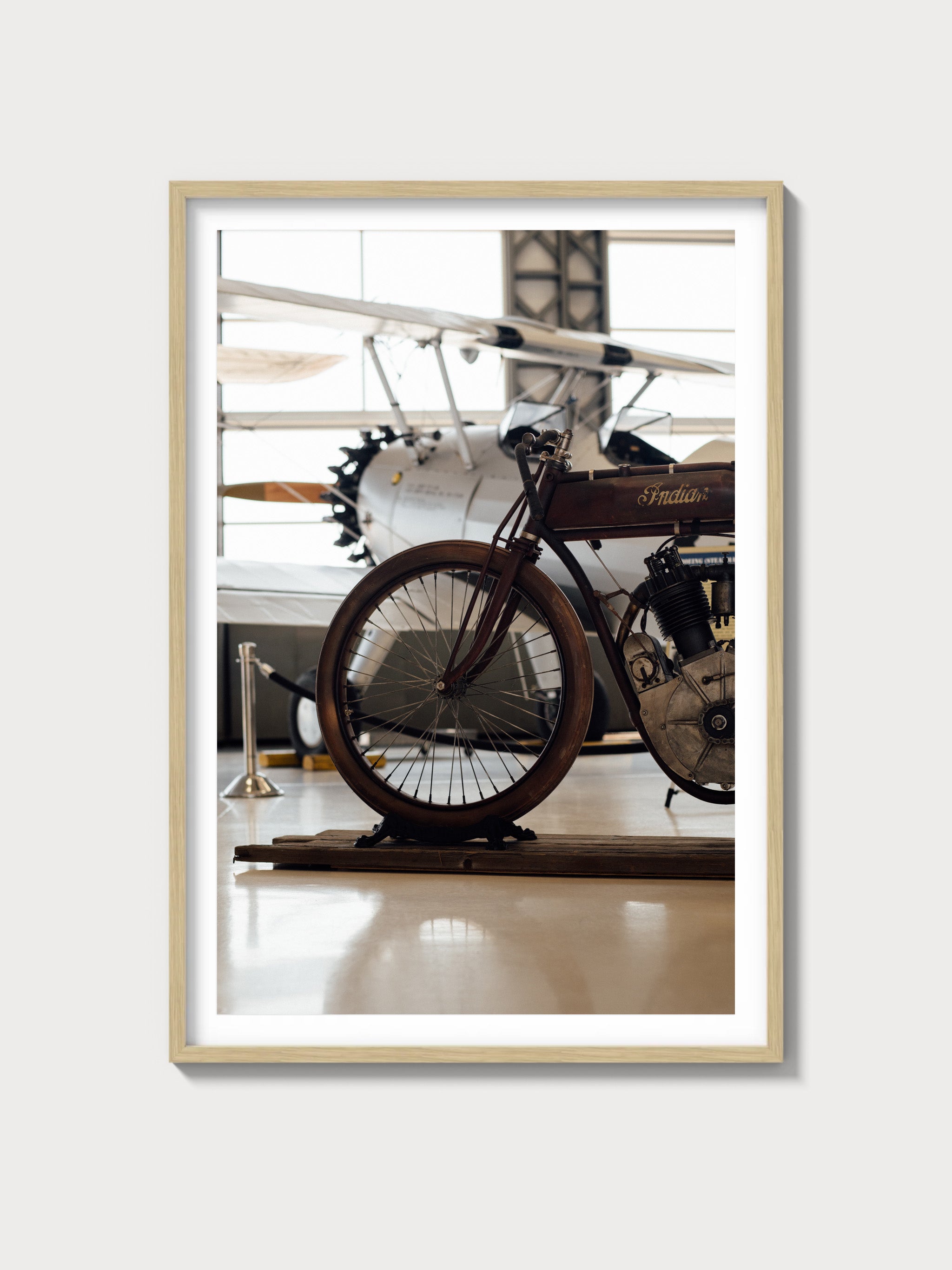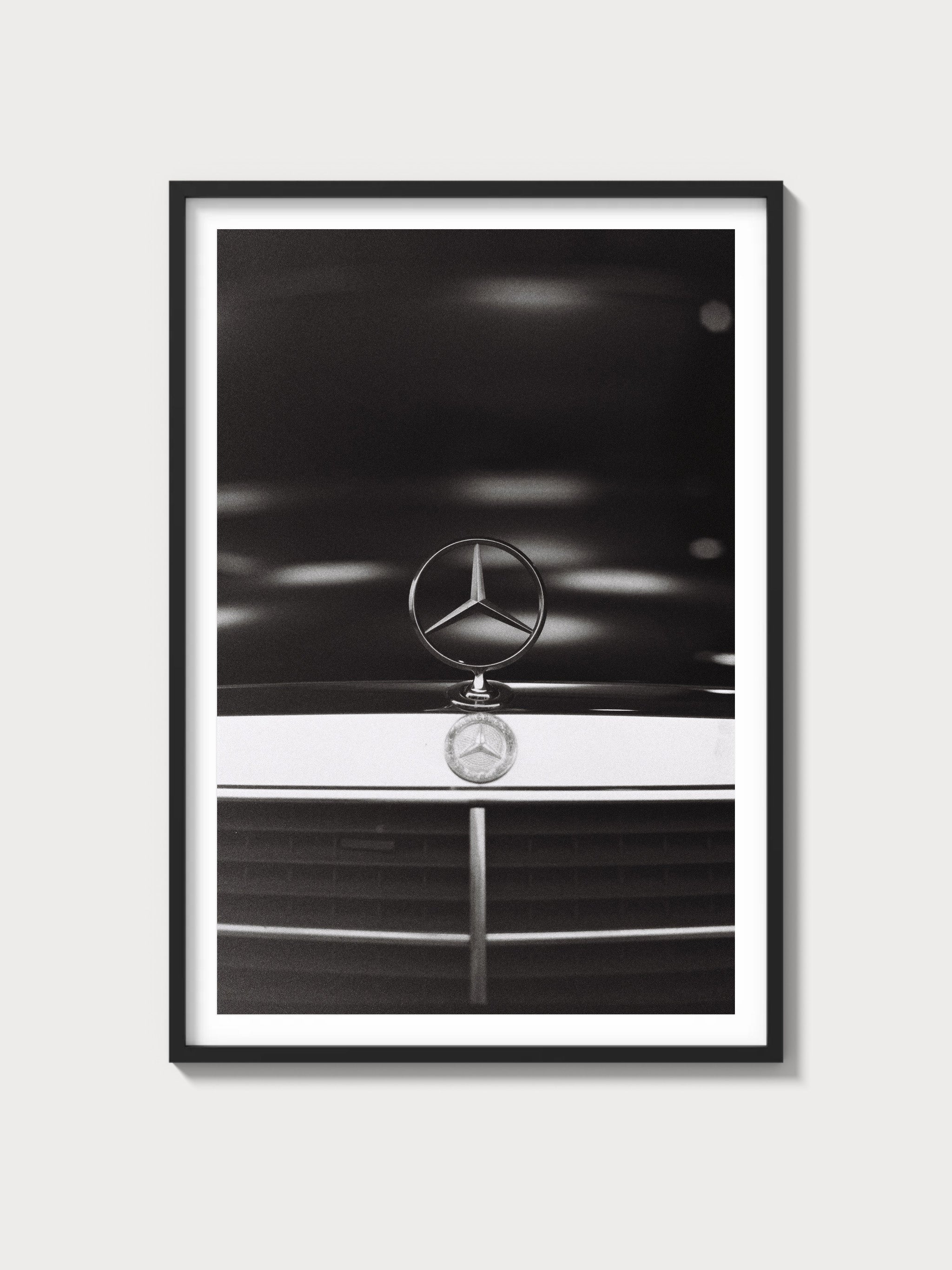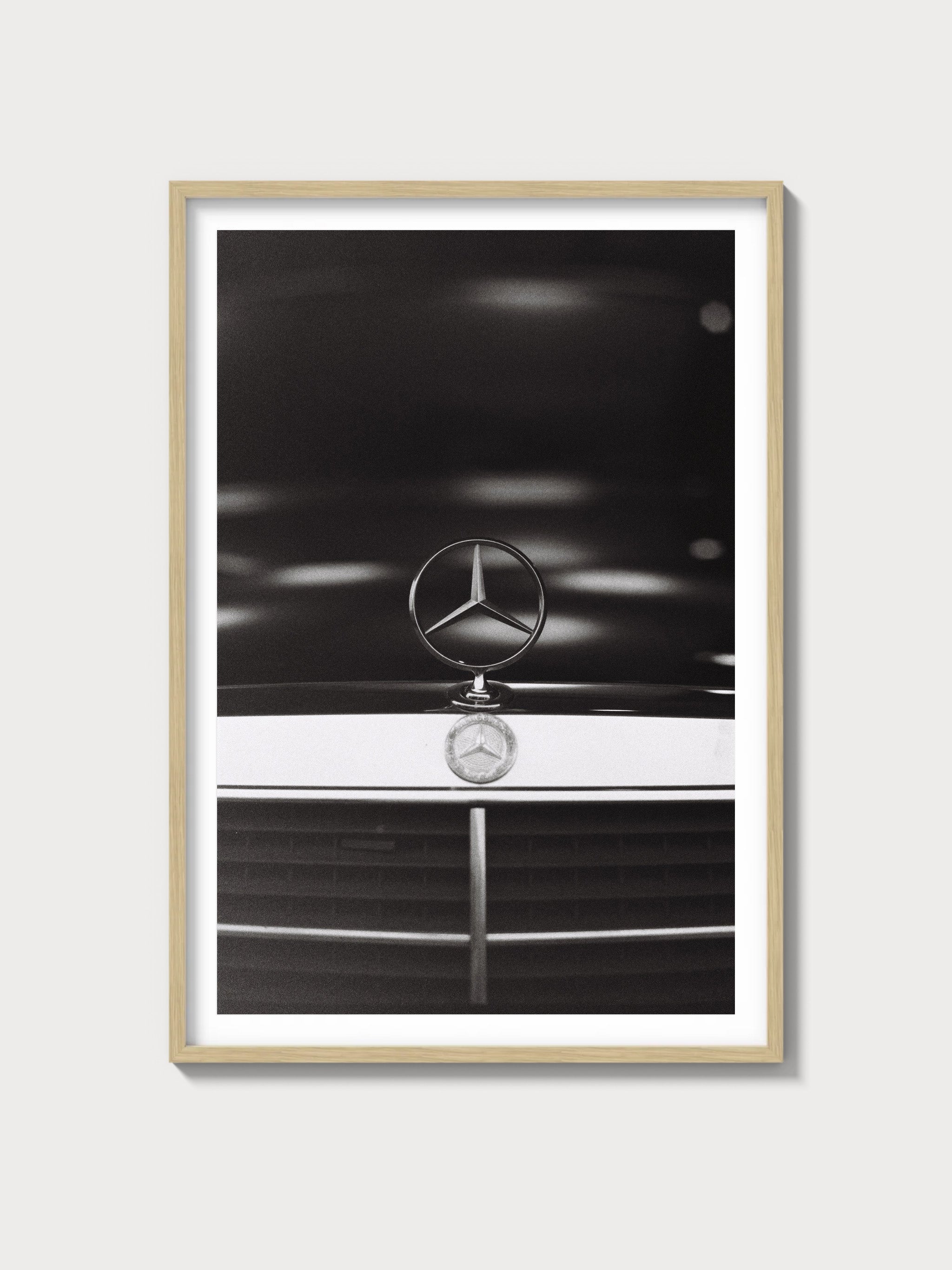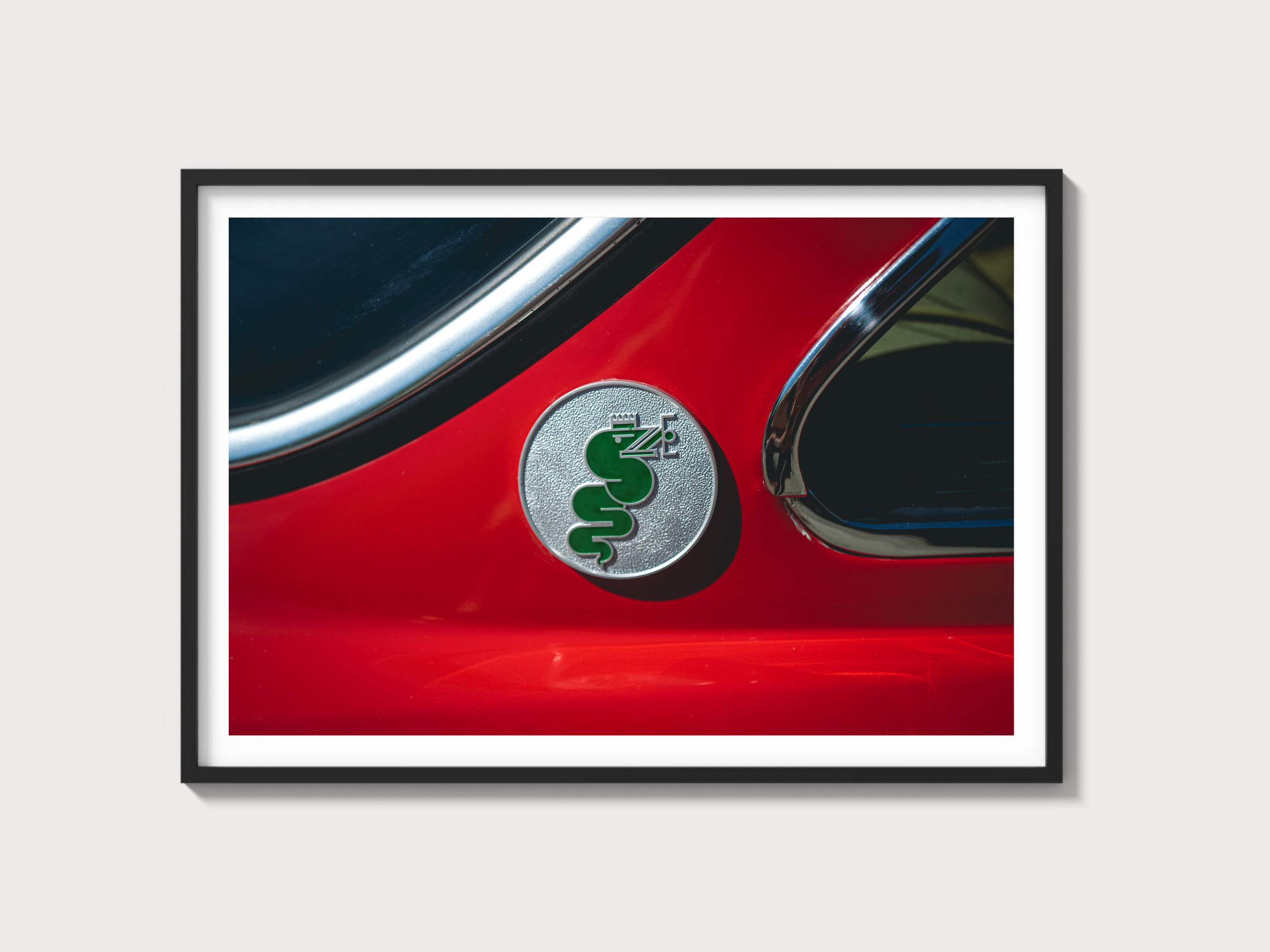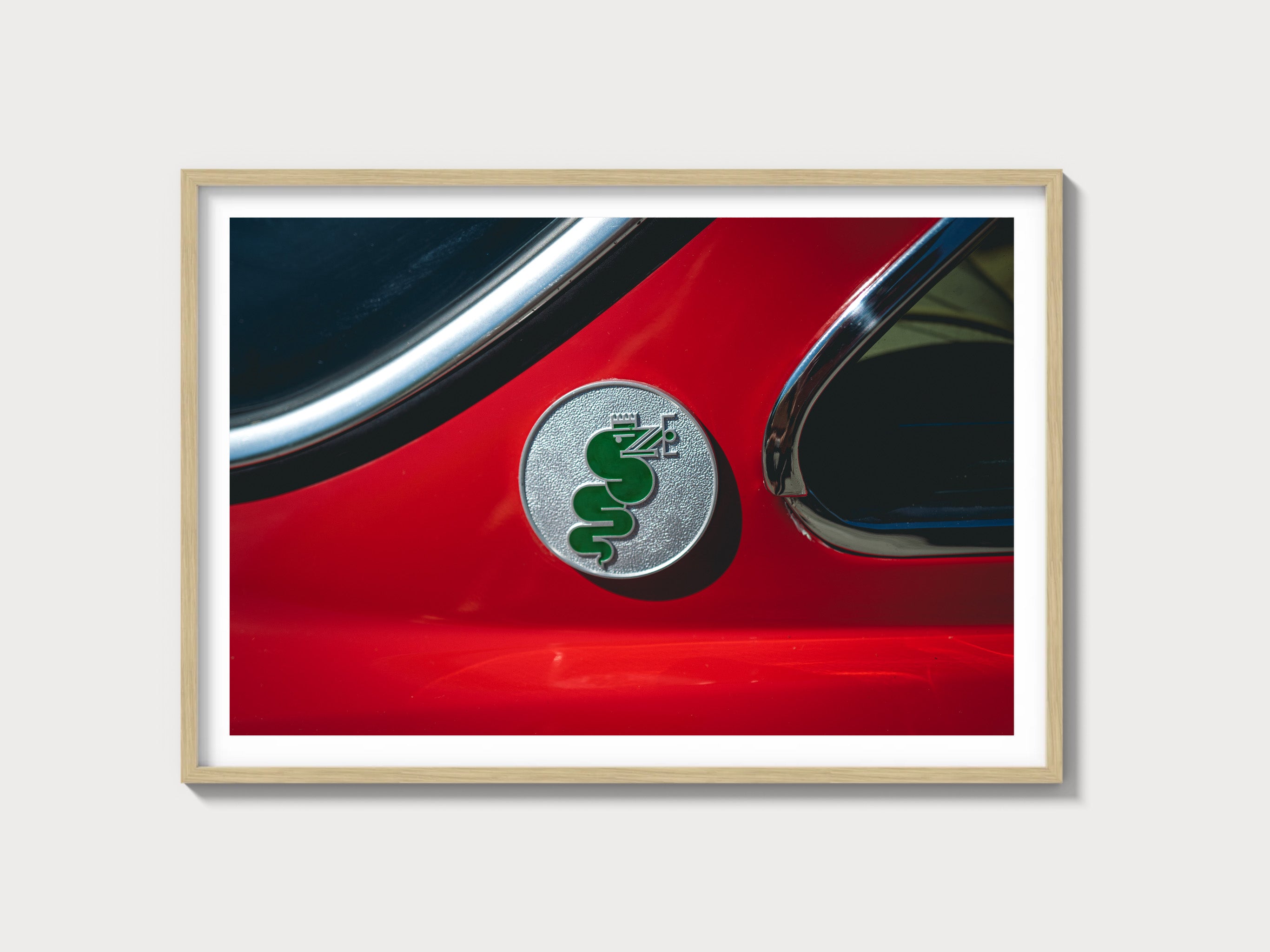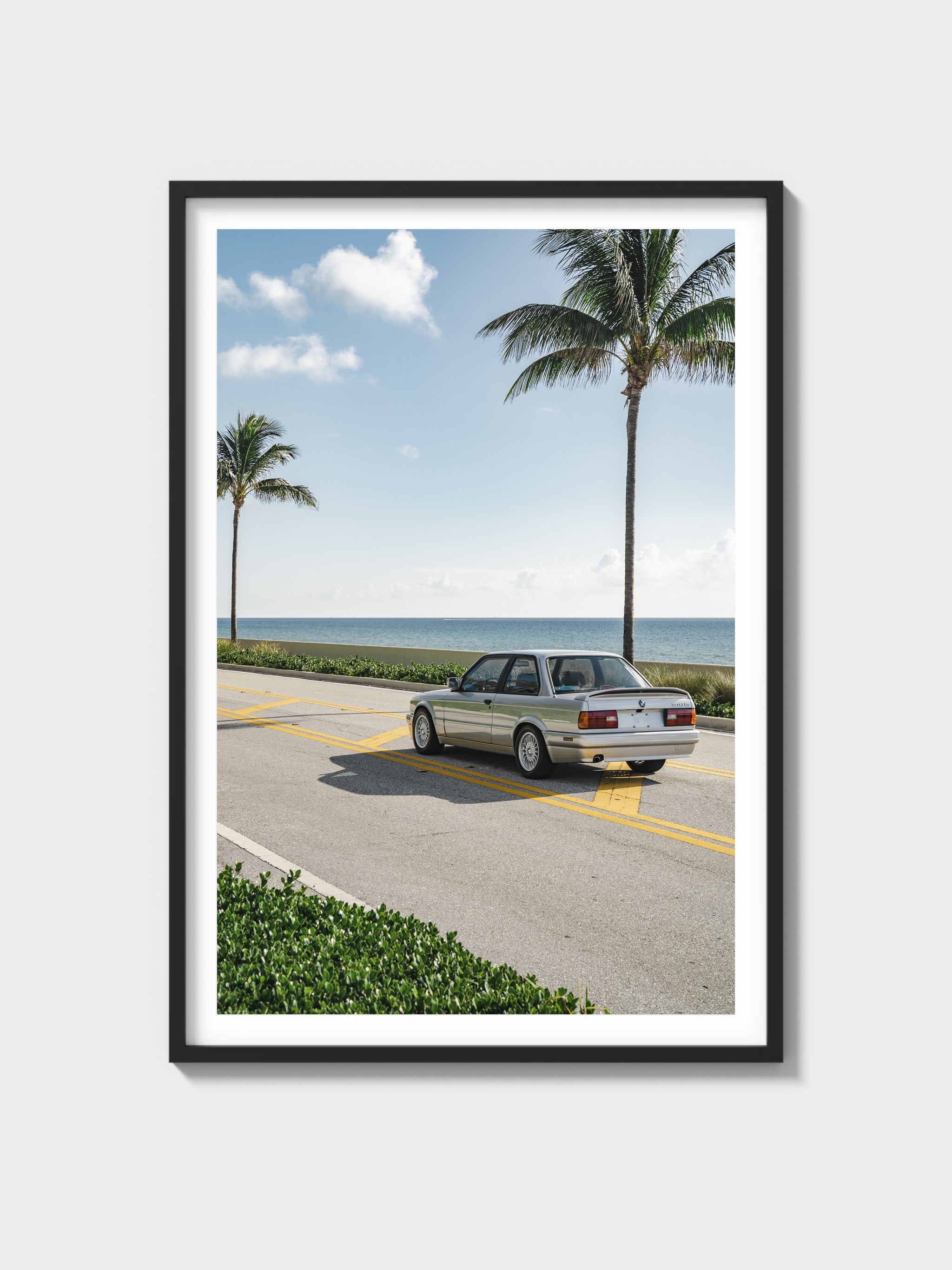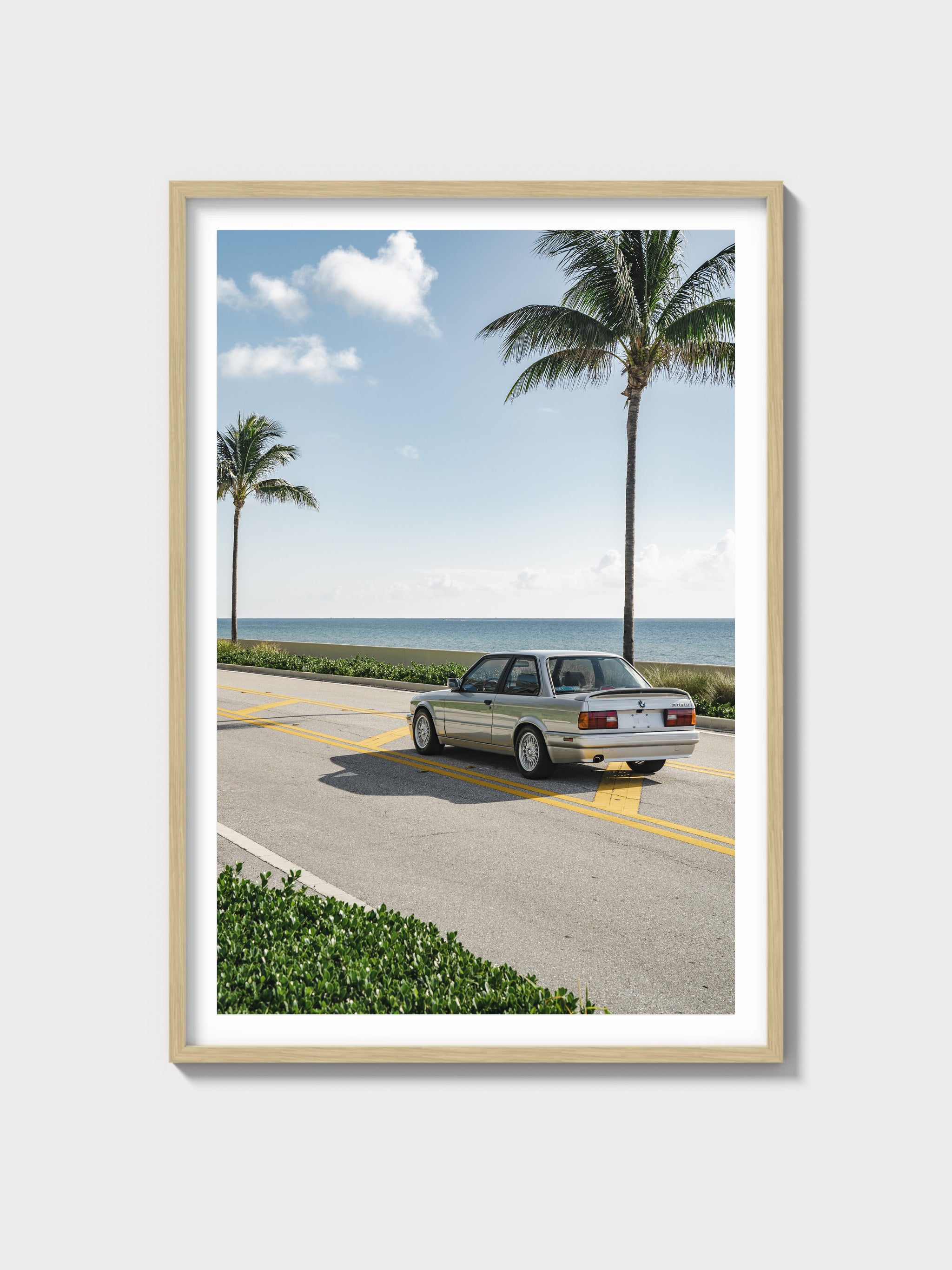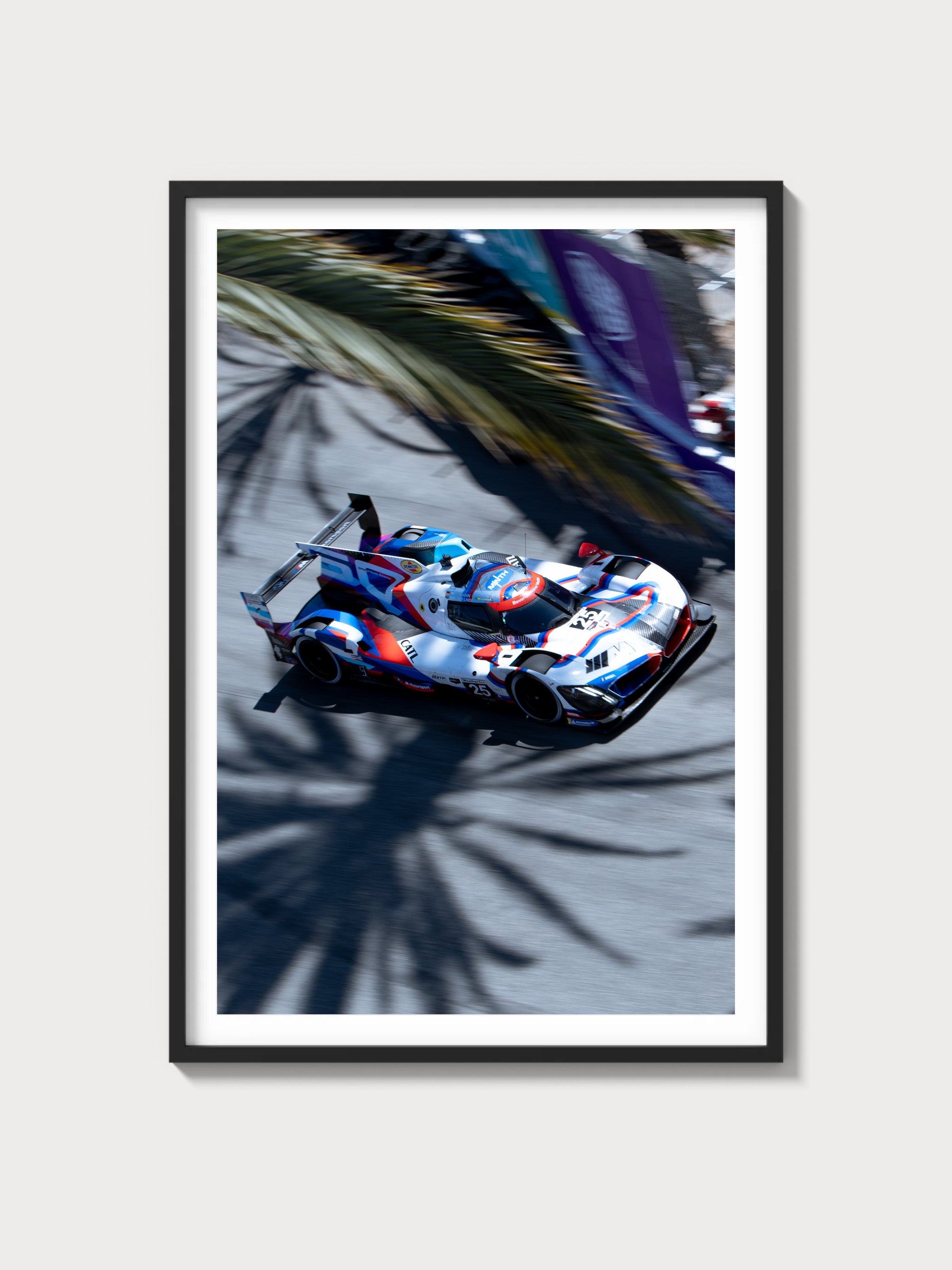1955–1959 Chevrolet Task Force (Base) — Development, Specs, and Buying Insight
Historical Context and Development Background
Chevrolet’s Task Force series arrived in the 1955 Second Series, replacing the Advance Design trucks with a sharper, more automotive idiom: a wraparound windshield on many models, integrated fenders, and a wider, lower stance. While later enthusiasts often fold these trucks into the broader C/K family narrative, the C/K nomenclature formally arrived after this generation; Task Force is the correct contemporary name for 1955–1959 Chevrolet pickups.
Corporate priorities at Chevrolet were clear: carry over the brand’s passenger-car momentum into light-duty trucks with improved drivability, serviceability, and style. The switch to 12-volt electrics (Second Series 1955), open driveline on 1/2-ton models, and the availability of the new Chevrolet small-block V8 alongside the stalwart Thriftmaster inline-six modernized the platform without sacrificing durability. In 1958, Chevrolet introduced the Apache name for light-duty models and the new Fleetside wide-box bed, while the Cameo Carrier’s fiberglass bedside concept bowed out as the steel Fleetside rendered it redundant.
Design direction was overseen within GM Styling under Harley Earl’s orbit, and Task Force shared the brand’s optimistic mid-century surfacing—particularly the 1955–1957 grille treatment and the heavily reworked 1958–1959 front fascia with quad headlamps. Competitors were formidable: Ford’s F-100 (particularly the 1956 one-year cab and the 1957 redesign) and Dodge’s contemporary C-series made this a golden era of American half-ton trucks.
Engines and Technical Specifications
Base Task Force half-ton models were delivered with the Thriftmaster 235 inline-six. Chevrolet’s new small-block V8 arrived immediately in the series, first as a 265, with the 283 following. Truck calibrations favored torque and longevity over outright output, and figures varied by year and application. Below is a consolidated snapshot of the core engines found in base and common optional configurations during 1955–1959.
| Engine | Configuration | Displacement | Horsepower (gross) | Induction | Redline | Fuel System | Compression | Bore/Stroke |
|---|---|---|---|---|---|---|---|---|
| Thriftmaster 235 I6 (Base) | OHV inline-six, iron block/head | 235 cu in (3.9 L) | Typically 120–145 hp (year/calibration dependent) | Naturally aspirated | N/A (factory redline not published) | Single downdraft carb (Rochester B or Carter YF) | ~7.5–8.0:1 (truck tune) | 3.5625 in × 3.9375 in |
| Turbo-Fire 265 V8 (Option) | OHV 90° V8, iron block/head | 265 cu in (4.3 L) | Approx. 145–162 hp (truck tune) | Naturally aspirated | N/A (factory redline not published) | 2-bbl carburetor | ~8.0:1 | 3.75 in × 3.00 in |
| Turbo-Fire 283 V8 (Option) | OHV 90° V8, iron block/head | 283 cu in (4.6 L) | Approx. 160–185 hp (truck tune) | Naturally aspirated | N/A (factory redline not published) | 2-bbl carburetor (truck applications) | ~8.0:1 | 3.875 in × 3.00 in |
As delivered, the base 235 featured full-pressure lubrication (a significant improvement over earlier splash-oiled sixes), mechanical lifters in most truck tunes, and conservative ignition advance. Small-block options broadened gearing and towing possibilities. All Task Force light-duty trucks used body-on-frame construction, with a solid front axle and leaf springs at both ends; Chevrolet moved to independent front suspension later, on the successor generation.
Driving Experience and Handling Dynamics
A stock base Task Force half-ton with the 235 is unhurried but honest. The six pulls from low revs and thrives on a progressive throttle hand; the truck feels happiest in the midrange, where intake noise and fan wash form the period soundtrack. Standard gearing favors utility over acceleration, with optional axle ratios tailoring revs to either highway or hauling priorities.
The beam front axle imparts a purposeful, straight-ahead feel, though it will tramline on rutted surfaces with bias-ply tires. Steering is worm-and-sector with noticeable play by modern standards; a correctly rebuilt box and fresh kingpins are transformative. Leaf-spring tuning delivers upright body control at work-truck speeds, and unladen ride can be busy on broken pavement. Four-wheel hydraulic drums require anticipatory braking and shine when the system is in top condition and properly adjusted.
Transmissions define much of the character. The column-shift 3-speed (SM318) is light and familiar, while the heavy-duty 4-speed (SM420) brings a satisfyingly direct, floor-mounted action and a deep “granny” first for creeping loads. Period automatic availability existed in limited fashion and varied by year; the overwhelming majority of base trucks were manuals when new.
Full Performance Specifications
Factory acceleration figures for light-duty Task Force trucks were not routinely published in period. The following table consolidates known layout and hardware, along with commonly referenced weights and capabilities for base and typical V8 configurations.
| Specification | Base 235 I6 | Optional Small-Block V8 |
|---|---|---|
| 0–60 mph | N/A (not factory-quoted) | N/A (not factory-quoted) |
| Top speed | Not factory-rated (period gearing typically allowed highway cruising) | Not factory-rated |
| Quarter-mile | N/A (not factory-quoted) | N/A (not factory-quoted) |
| Curb weight (approx.) | ~3,300 lb (short-bed 1/2-ton) | Similar, configuration dependent |
| Layout | Front-engine, RWD | Front-engine, RWD (NAPCO 4x4 available 1957–1959) |
| Brakes | Hydraulic drum (4-wheel) | Hydraulic drum (4-wheel) |
| Suspension | Solid front axle, semi-elliptic leaf springs F/R | Solid front axle, semi-elliptic leaf springs F/R |
| Gearbox | 3-speed manual column shift (std); 4-speed manual floor shift (opt) | As at left; limited automatic availability in select years |
Variant Breakdown (Trims/Series and Notable Differences)
Chevrolet did not badge these trucks “C/K” in period. Light-duty Task Force models were designated by series numbers, with a naming update in 1958. Production totals are not consistently published at the trim level; Chevrolet’s records generally reflect aggregate truck output rather than model-by-model splits.
| Years | Designation | Positioning | Key Differences | Production Numbers |
|---|---|---|---|---|
| 1955–1957 | 3100 (1/2-ton short), 3200 (1/2-ton long), 3600 (3/4-ton), 3800 (1-ton) | Base and work-focused trims with optional Deluxe cab | Single headlamps; wraparound windshield on many cabs; Stepside bed standard | Not separately published |
| 1958–1959 | Apache 31/32/36/38 (light duty) | Updated styling and nomenclature | Quad headlamps; new grille/hood; Fleetside bed introduced (1958) | Not separately published |
| 1955–1958 | Cameo Carrier (special pickup) | Premium appearance model | Fiberglass rear quarters over a steel Stepside bed; color-keyed trim and brightwork | Limited; totals not broken out by Chevrolet across all years |
| 1958–1959 | Fleetside (wide-box) | Broader cargo box alternative | Steel wide bedside; broadened visual stance; superseded Cameo concept | Not separately published |
| 1957–1959 | NAPCO 4x4 (conversion/package) | All-terrain capability | Factory-available or dealer-installed NAPCO Power-Pak 4WD hardware on select series | Low-volume; not tallied in Chevrolet public literature |
- Colors and badging varied by year; Deluxe cab and appearance packages added bright trim, two-tone paint, and upgraded interiors.
- Engine availability broadened over the run: 235 I6 as base; 265 V8 early; 283 V8 later. Market splits by engine are not consistently published.
Ownership Notes: Maintenance, Parts, and Restoration
- Service cadence: Follow the period lubrication chart—frequent chassis greasing, regular valve lash checks on mechanical-lifter engines, and conservative oil-change intervals by modern standards keep the 235 happy.
- Parts availability: Excellent for wear items, sheet metal, and trim due to strong aftermarket support. Engine internals and driveline components are straightforward to source.
- Restoration difficulty: Body-off restorations are common. The wood bed floor is simple to replace; ensure correct hardware and bed-to-frame isolation strips.
- Known rust traps: Cab corners, lower door shells, inner/outer cowl, toe boards, steps, and the front fender doglegs. Fleetside beds suffer at the lower seams; Stepside beds at stake pockets and rear cross sills.
- Steering and suspension: Inspect kingpins, shackle/bushing wear, and steering box lash. A correct alignment and fresh leaf spring bushings markedly improve tracking.
- Brakes: Single-circuit hydraulics demand meticulous maintenance and drum roundness. Period-correct upgrades (finned drums, proper shoe arc) enhance confidence.
- Electrical: 12-volt from 1955 Second Series onward; look for tidy harness routing and correct generator/regulator operation where original systems are retained.
- Engines: The 235’s Rochester B throttle-shaft wear can cause mixture issues; check heat riser operation on the intake and exhaust manifold assembly. Small-block V8s are robust; verify truck-specific accessory brackets and pulley alignment.
- Driveline: Task Force half-tons adopted open driveshafts, easing gear ratio changes and service relative to earlier torque-tube Chevrolets.
Cultural Relevance and Market Lens
Task Force trucks embody mid-century Americana in a way few machines can: they were work tools, family haulers, and later hot-rod canvases. Cameo Carriers set an early template for style-focused pickups, while Fleetside models previewed the wide-box utility that would dominate. NAPCO-equipped examples built a quiet reputation in forestry, oil fields, and rural services, endearing them to collectors seeking authentic, purposeful hardware.
Collector desirability is strongest for well-optioned short-bed 1/2-tons in clean, original colors, with documentation. Period-correct restorations command healthy premiums; scarce configurations such as NAPCO 4x4s and Cameo Carriers typically sit at the top of the market, with restored base short-beds commonly trading in the mid-five figures and best-in-class, correctly restored specials reaching into six-figure territory. As ever, originality, provenance, and quality of workmanship drive results more than bolt-on features.
FAQs
Was the 1955–1959 truck officially part of the C/K line?
Not in period. These trucks are the Task Force series. The C/K naming convention arrived on the successor generation. Enthusiasts often discuss Task Force trucks within the broader C/K lineage for continuity, but the correct period name is Task Force.
What is the base engine and output?
The base engine was the Thriftmaster 235 cu in inline-six, in truck calibrations typically rated between roughly 120 and 145 gross horsepower over the run, depending on year and specification.
Which transmissions were available?
A 3-speed column-shift manual was standard on light-duty models, with a heavy-duty 4-speed floor-shift manual (SM420) optional. Limited automatic availability existed in select years and configurations, but most trucks were sold with manuals.
Did these trucks have independent front suspension?
No. Task Force light-duty trucks used a solid front axle with leaf springs. Independent front suspension arrived with the next generation.
Are NAPCO 4x4 models factory trucks?
NAPCO Power-Pak 4x4 conversions were dealer-installed earlier and became factory-available on select series later in the run (notably 1957–1959). They are low-volume and desirable.
What are common problem areas?
Rust in cab corners, toe boards, and lower fenders; worn kingpins and steering box lash; tired leaf-spring bushings; and uneven drum brakes if not maintained. On 235s, check for carburetor throttle-shaft wear and proper heat riser operation.
How usable are they on modern roads?
With sound mechanicals and appropriate gearing, they cruise comfortably at moderate highway speeds. Braking distances and steering precision reflect period design, so driver anticipation is part of the experience.
What differentiates Cameo Carrier and Fleetside?
Cameo Carrier (1955–1958) used fiberglass rear quarter panels over a Stepside bed for a smooth-sided look and upscale trim. The Fleetside (1958–1959) introduced an all-steel wide box, effectively superseding the Cameo concept.
How do values trend by configuration?
Short-bed, well-optioned 1/2-tons are the sweet spot; Cameo Carrier, NAPCO 4x4, and documented low-mileage or highly original examples typically command the strongest results, with market condition and restoration quality being decisive.
At-a-Glance Summary
- Series: Chevrolet Task Force (light-duty, 1955–1959; Apache nomenclature from 1958)
- Base engine: Thriftmaster 235 I6; optional 265/283 small-block V8s
- Chassis: Body-on-frame; solid axles with leaf springs; 4-wheel drums
- Electrics: 12-volt (Second Series 1955 onward)
- Driveline: RWD; NAPCO 4x4 available later in the run
- Transmissions: 3-speed manual (std), 4-speed HD manual (opt); limited automatic availability

